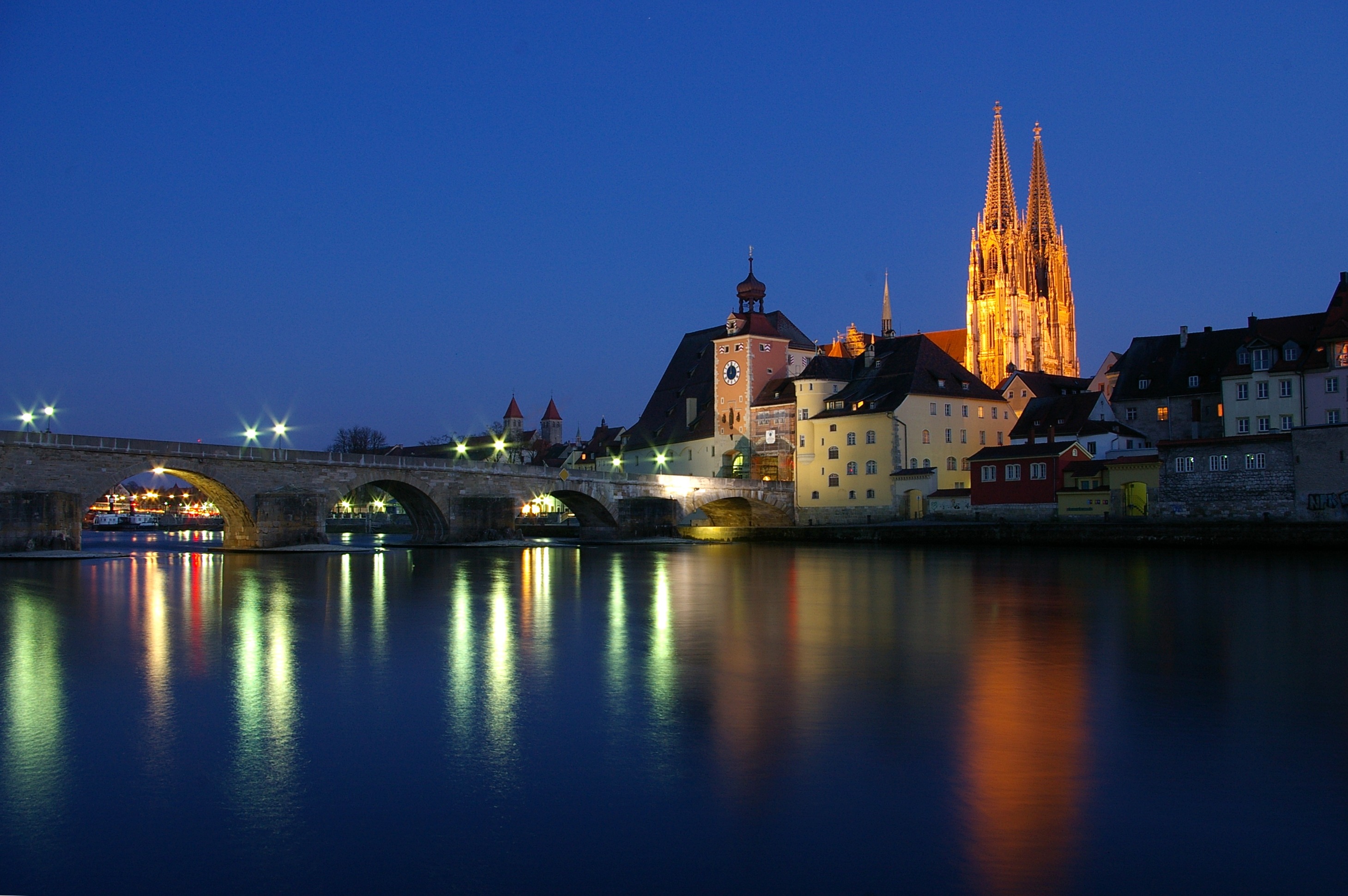
Danube Delights & Classic Prague
Danube Delights & Classic Prague
Cruise overview
WHY BOOK WITH US?
- ✔ The Deluxe Cruises’ team has extensive experience in ultra-luxury cruising.
- ✔ Call now to speak to our helpful and experienced Cruise Concierge team.
- ✔ Enjoy our Unique Deluxe Cruises Bonus for substantial savings.
- ✔ Our team will tailor your holiday to your exacting requirements.
- ✔ As agents, we work under the protection of each cruise lines ABTA / ATOL licences
About Budapest
Budapest is the capital city of Hungary and is located over the River Danube. It is one of the largest cities in the European Union and much of its historical sites have been awarded UNESCO World Heritage Site status. Originally formed in 1873 by the joining of Buda, Pest and Old Buda, the city suffered heavy destruction during World War II and was rebuilt into the country's political, cultural and commercial hub it is now. Bridges and railways connect the city over the Danube, including the six small islands situated on the river themselves. Some of Budapest’s UNESCO World Heritage sites include Chain Bridge, Budapest Parliament, the striking Matthias church and the iconic Royal Palace visible from every location within Budapest City. The Castle Hills district architecture represents over a thousand years of the city's history with examples of Roman, Turkish, Gothic, Renaissance and Art Nouveau styles. Budapest also has a rich Jewish heritage and is home to the largest synagogue in Europe. The city has an abundance of restaurants offering international cuisines, as well as traditional Hungarian dishes ,including goulash soup, a very popular lunchtime dish. Hungarians enjoy their coffee so a traditional cafe is never hard to find.
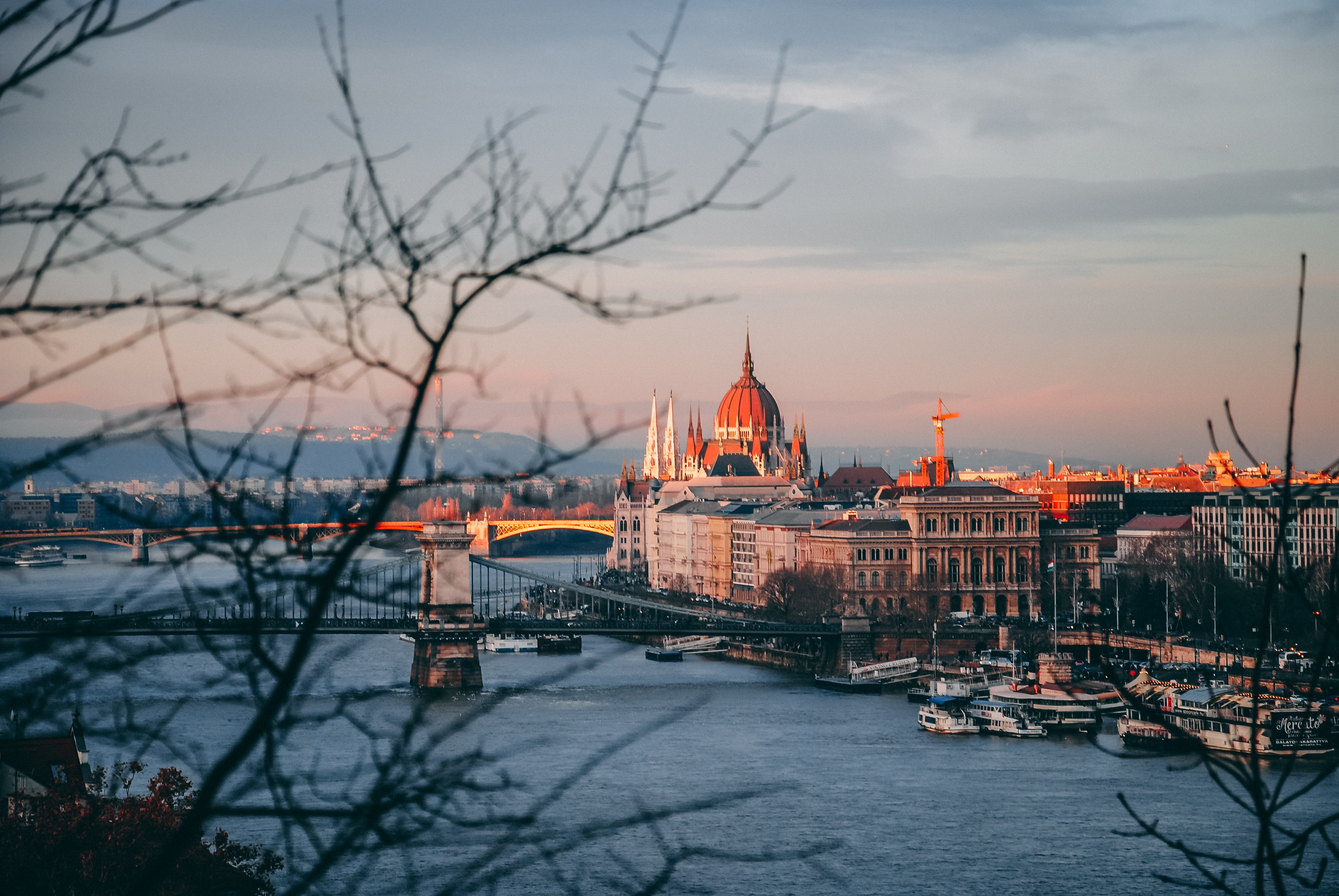
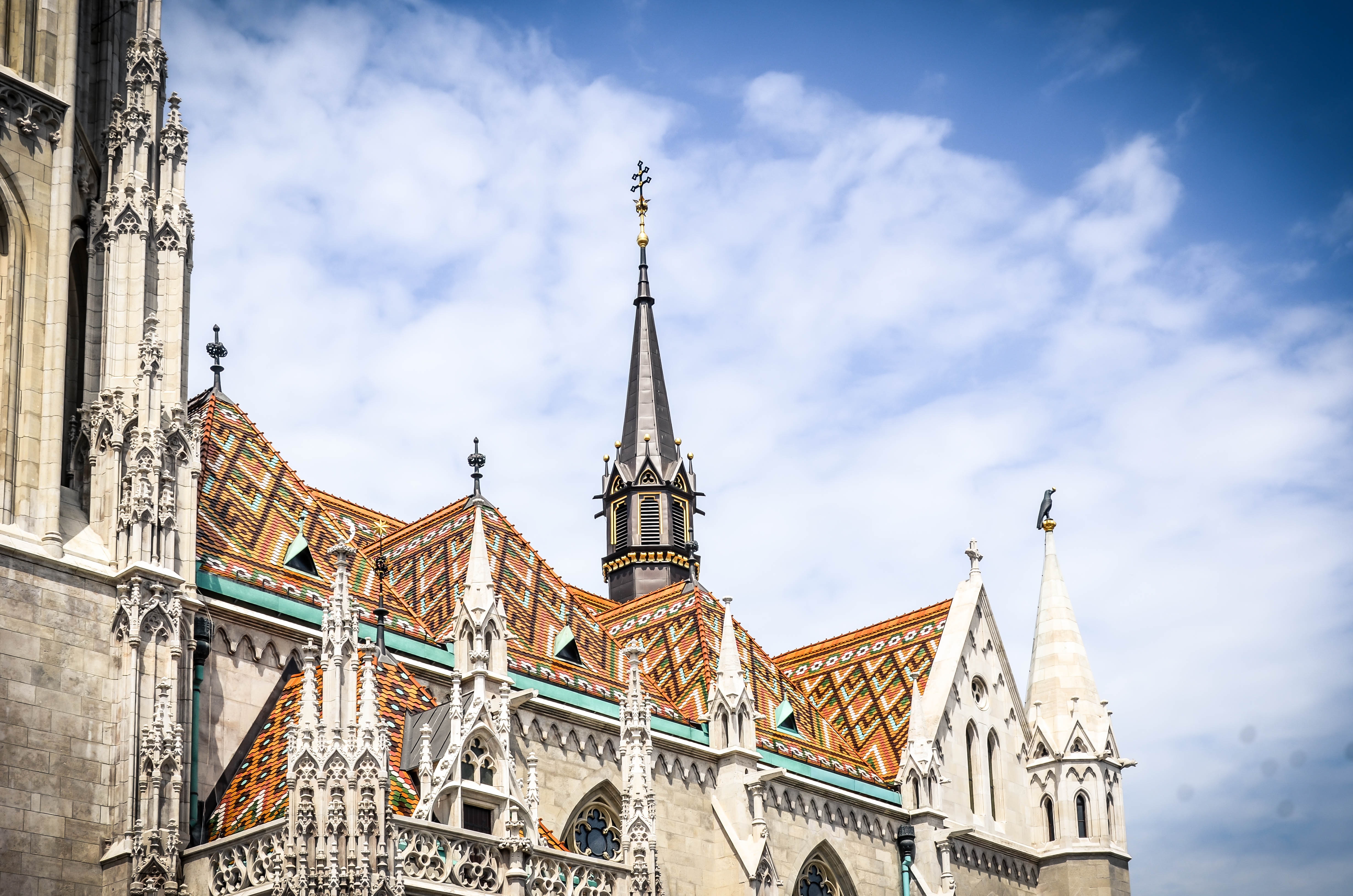
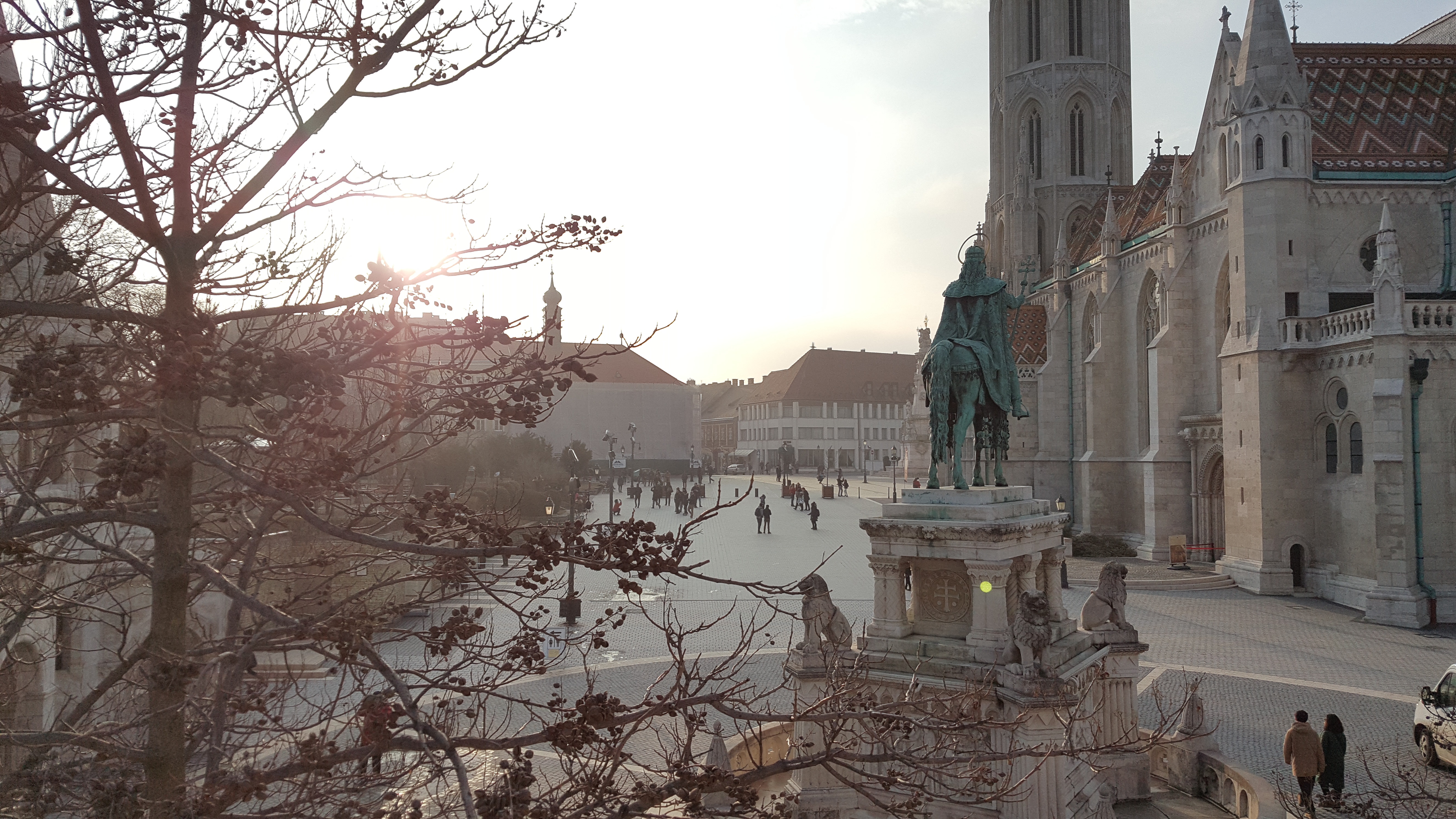
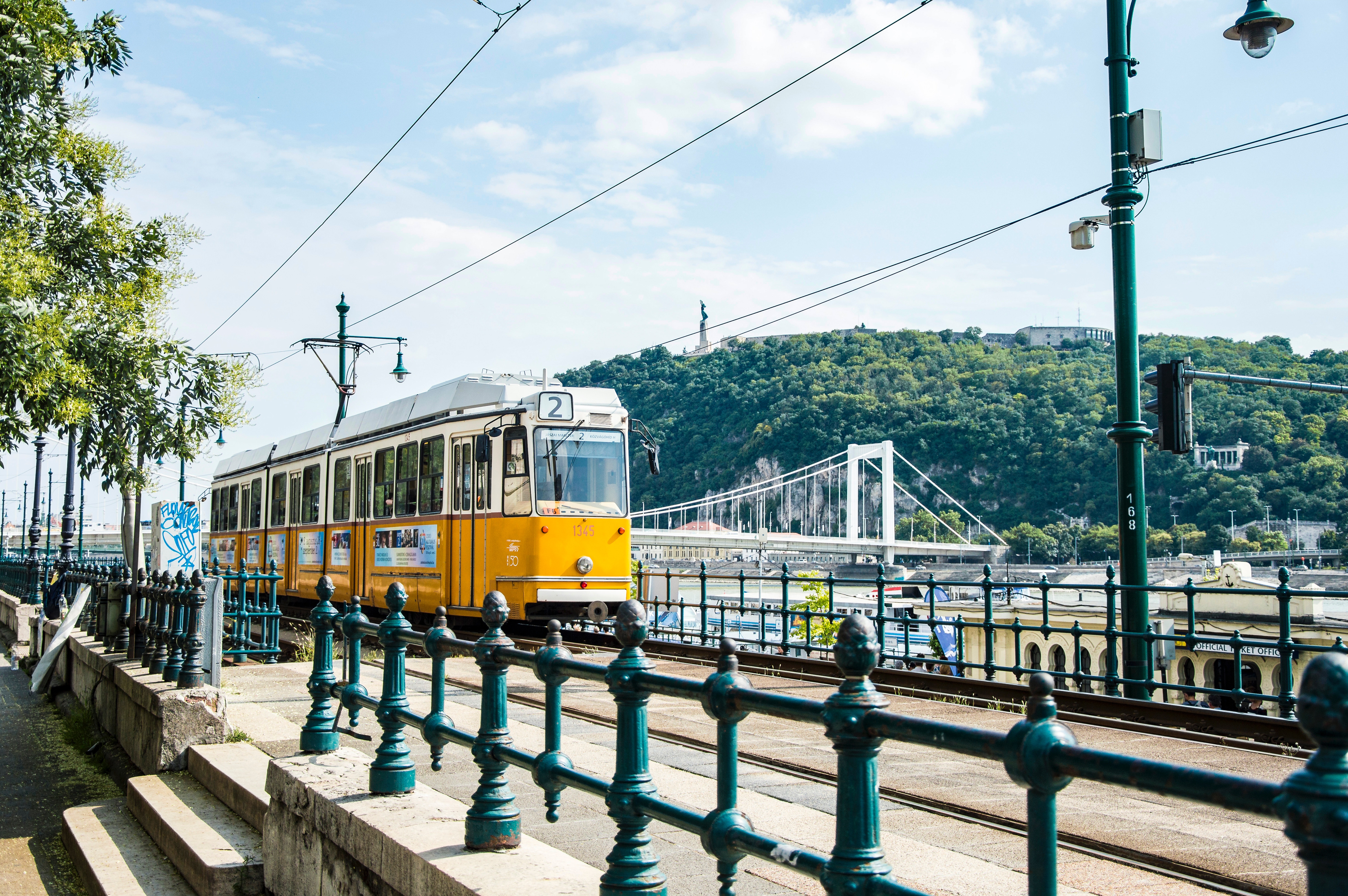
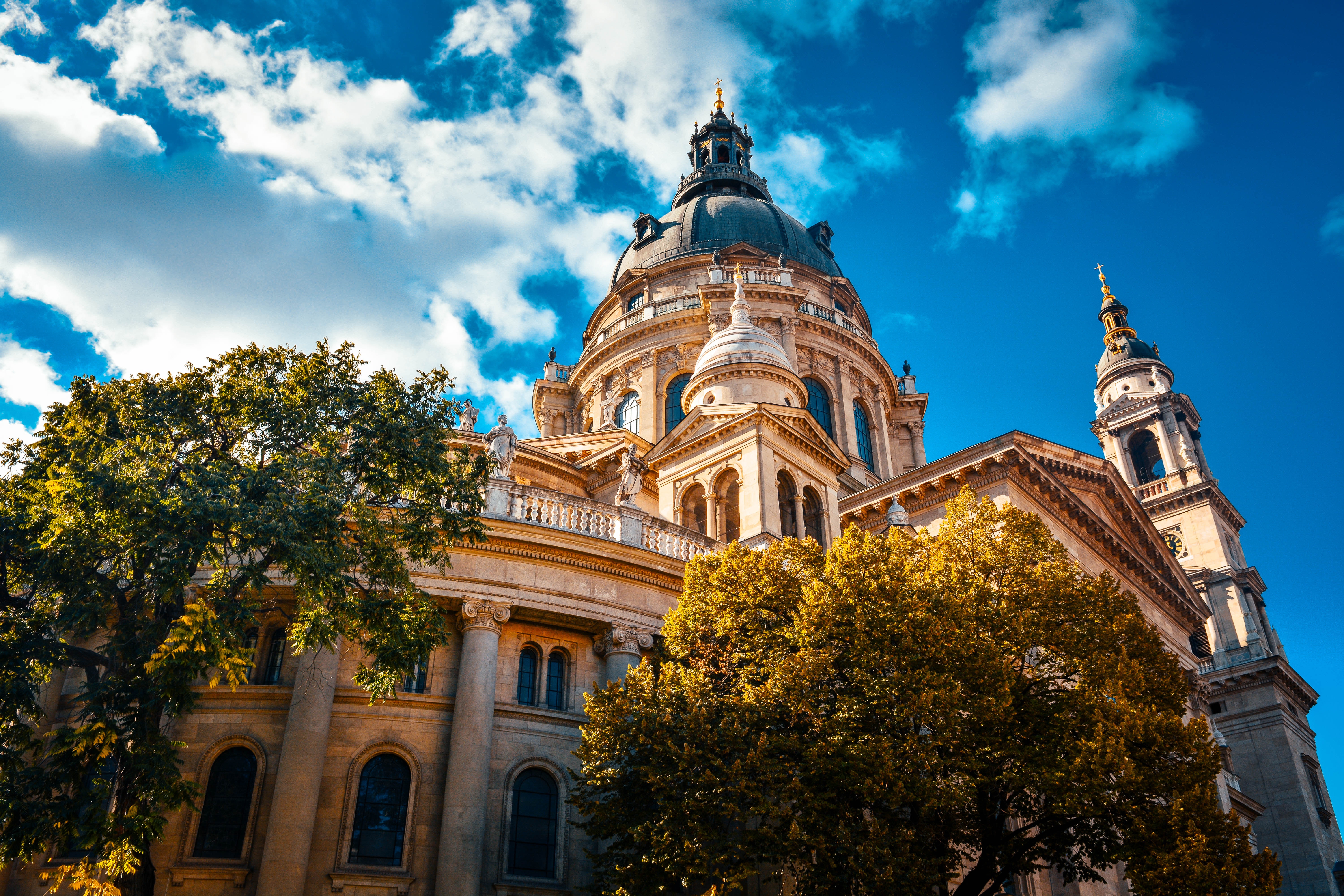
About Budapest
Budapest is the capital city of Hungary and is located over the River Danube. It is one of the largest cities in the European Union and much of its historical sites have been awarded UNESCO World Heritage Site status. Originally formed in 1873 by the joining of Buda, Pest and Old Buda, the city suffered heavy destruction during World War II and was rebuilt into the country's political, cultural and commercial hub it is now. Bridges and railways connect the city over the Danube, including the six small islands situated on the river themselves. Some of Budapest’s UNESCO World Heritage sites include Chain Bridge, Budapest Parliament, the striking Matthias church and the iconic Royal Palace visible from every location within Budapest City. The Castle Hills district architecture represents over a thousand years of the city's history with examples of Roman, Turkish, Gothic, Renaissance and Art Nouveau styles. Budapest also has a rich Jewish heritage and is home to the largest synagogue in Europe. The city has an abundance of restaurants offering international cuisines, as well as traditional Hungarian dishes ,including goulash soup, a very popular lunchtime dish. Hungarians enjoy their coffee so a traditional cafe is never hard to find.





About Bratislava
Bratislava is the capital city of Slovakia and is located along the Danube a river on the borders of Austria and Hungary. The city is surrounded by the Little Carpathians Mountains and vineyards as well as its iconic reconstructed Bratislava Castle overlooking Old Town. The castle offers a picturesque view of the city, the neighbouring countries and is home to the Museum of History. Bratislava offers a blend of historic and modern attractions including the Old Town Hall, now home to the Bratislava City Museum, the UFO Bridge, Martin’s Cathedral, Michael’s Gate and Blue Church St Elizabeth’s. Bratislava is home to one of the oldest city parks in Central Europe and is popular with walkers, runners and cyclists as is the city forest park and foothills of the Carpathian Mountains. The city is popular for its locally brewed beers and has many micro-breweries and underground beer cellars. The local cuisine of Bratislava is an eclectic influence of European cultures including Slovak, Hungarian, Austrian and German and serves as a reminder of the history of this cosmopolitan city. However, visitors will find an array of offerings to suit all tastes with lunch being the main meal of the day and roast goose with lokse considered a signature dish of the area.
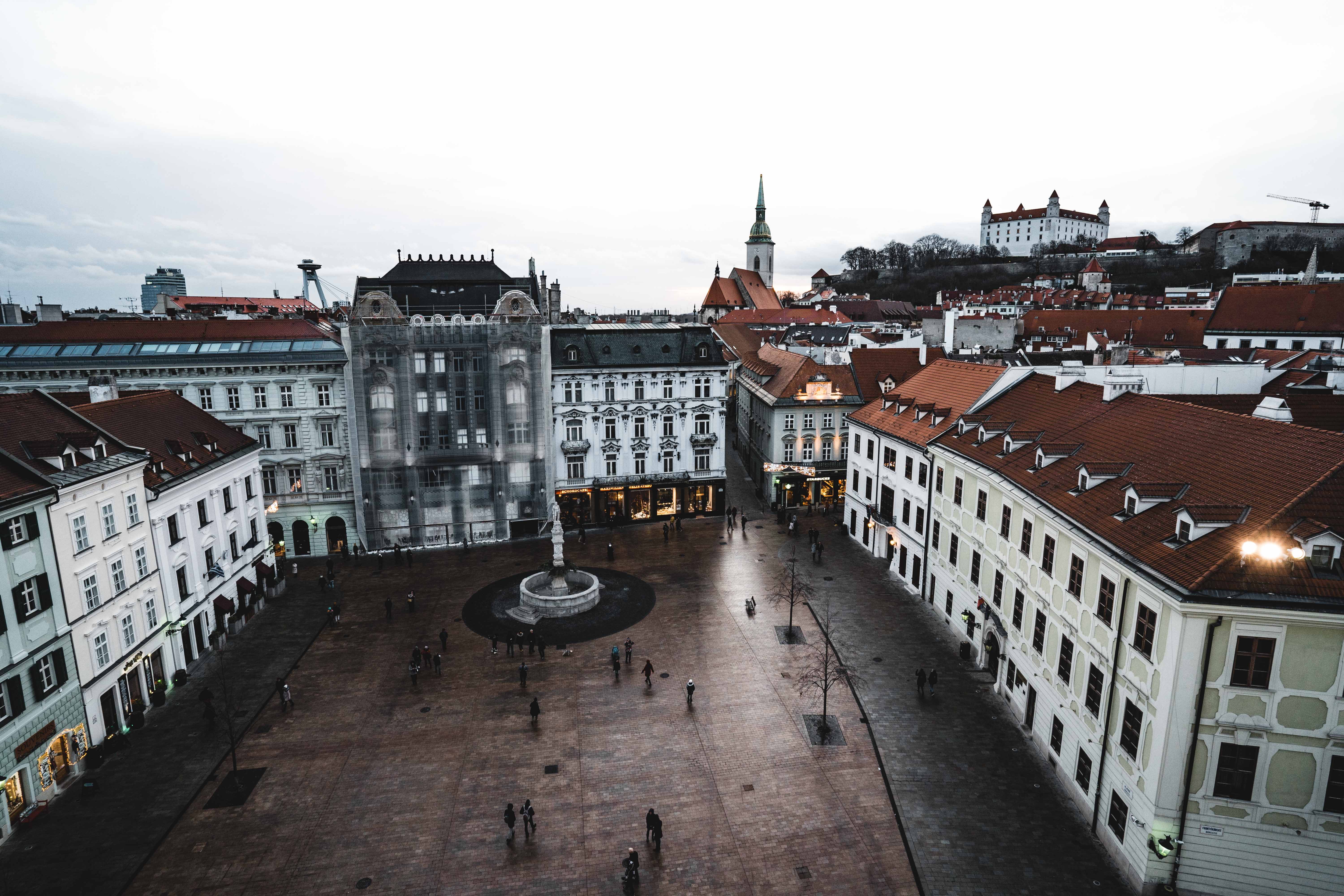
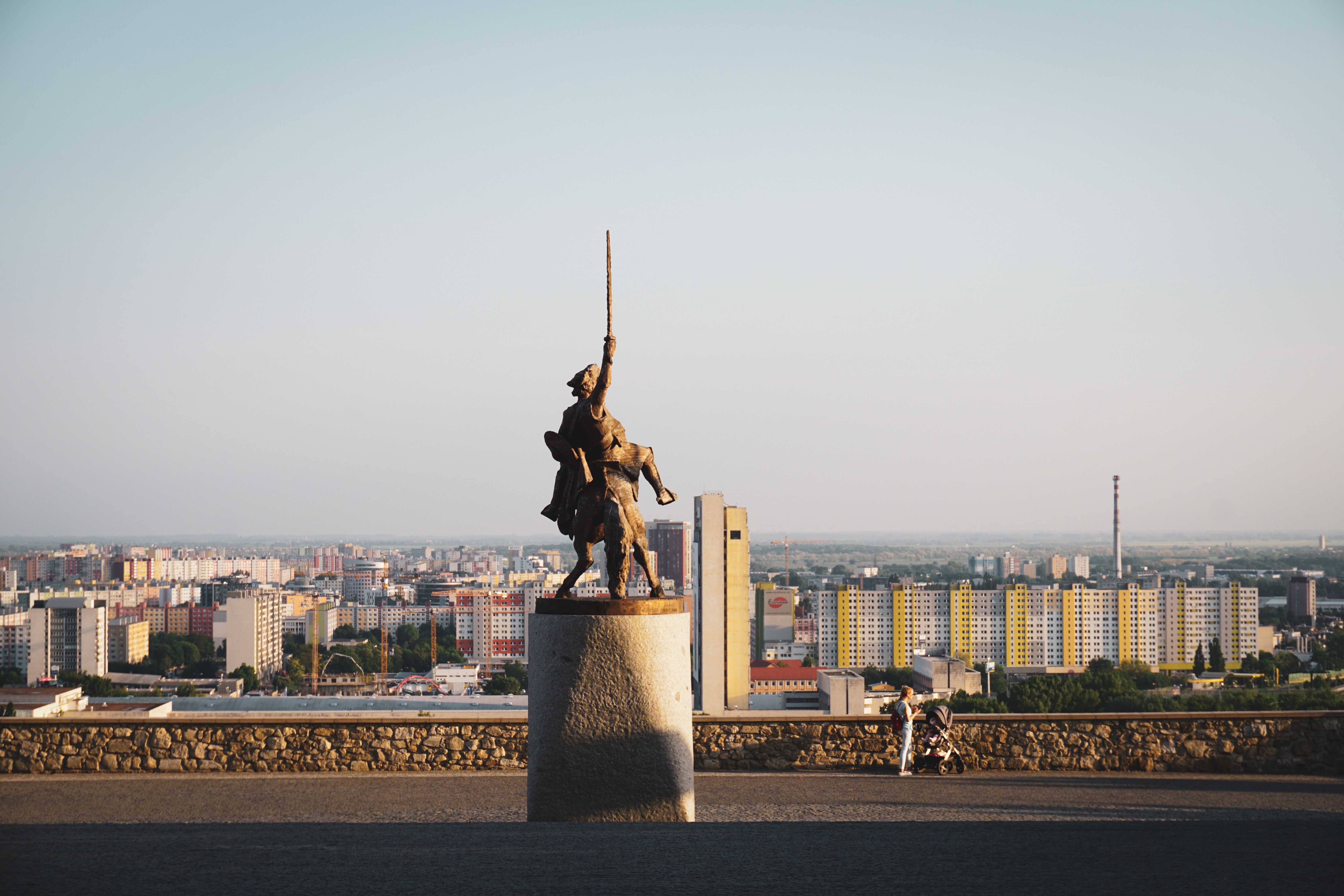
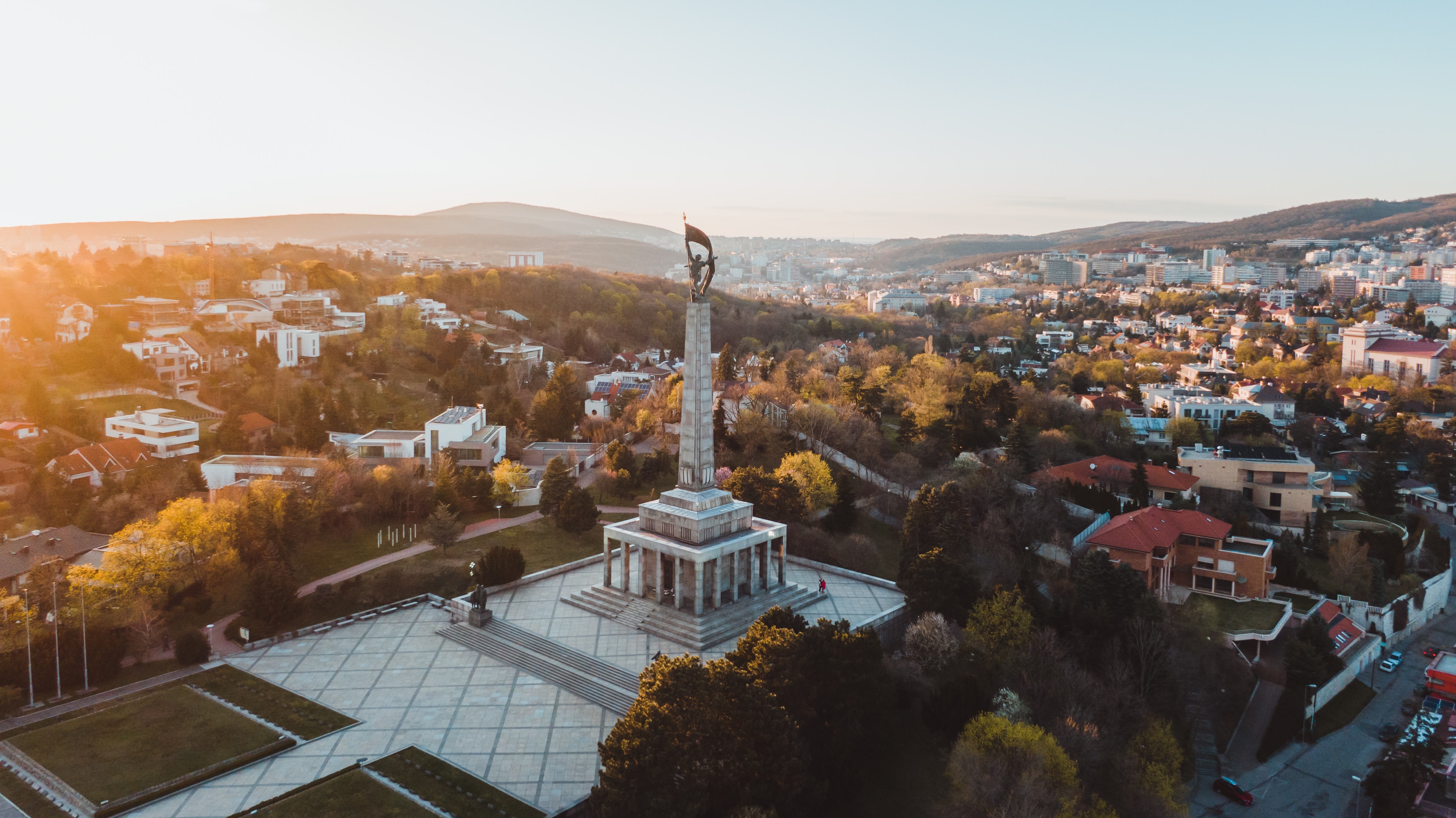
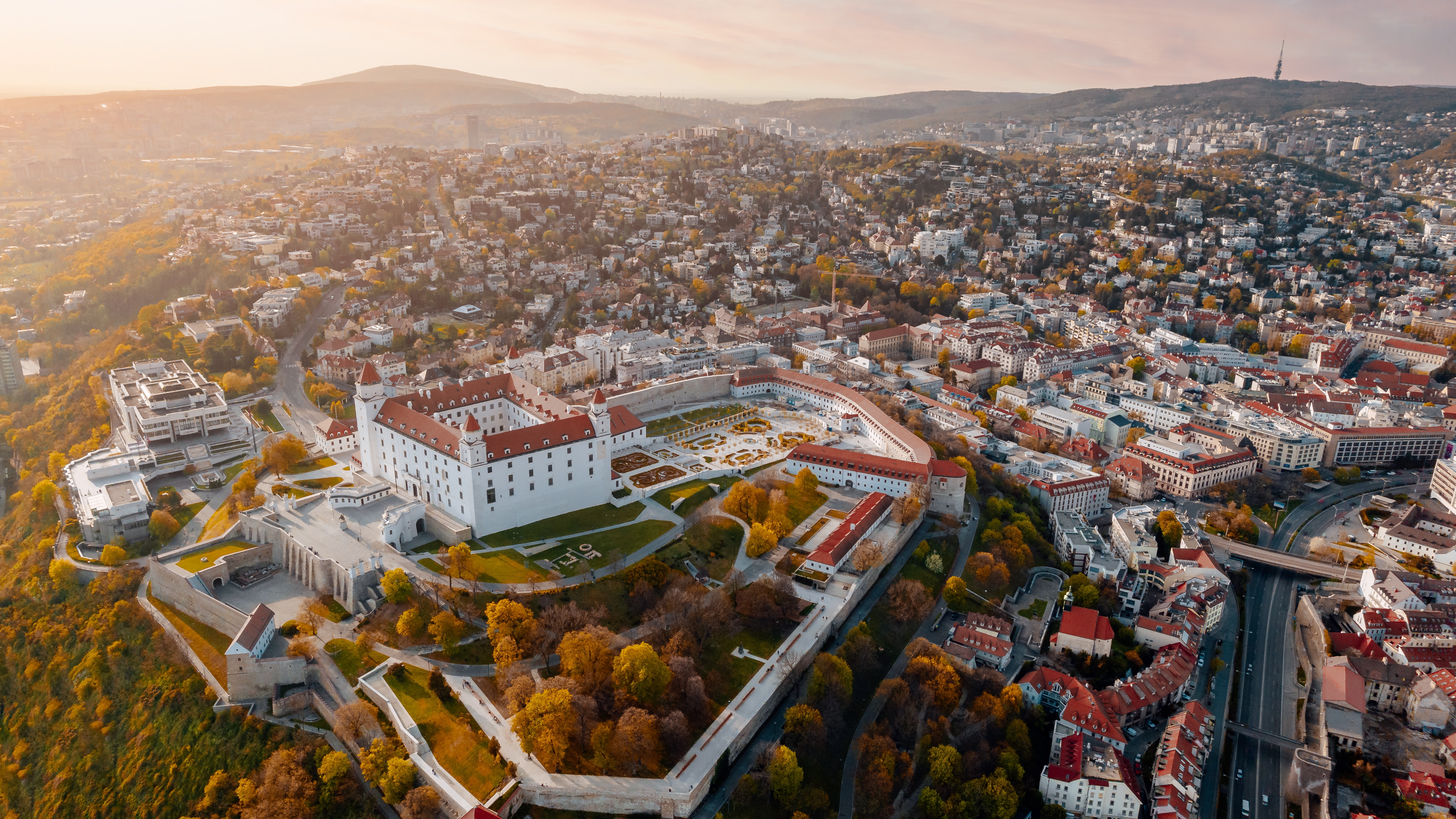
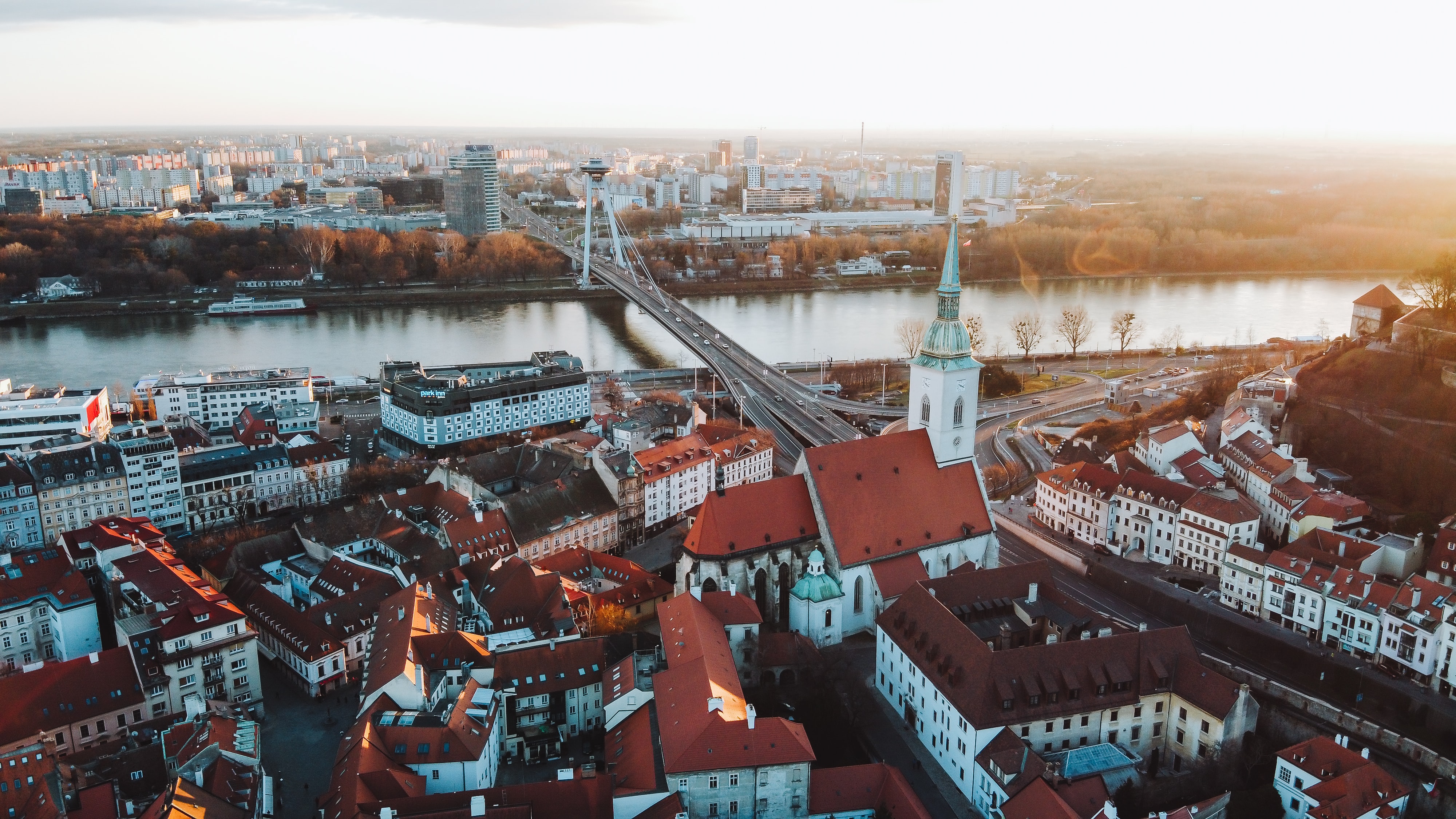
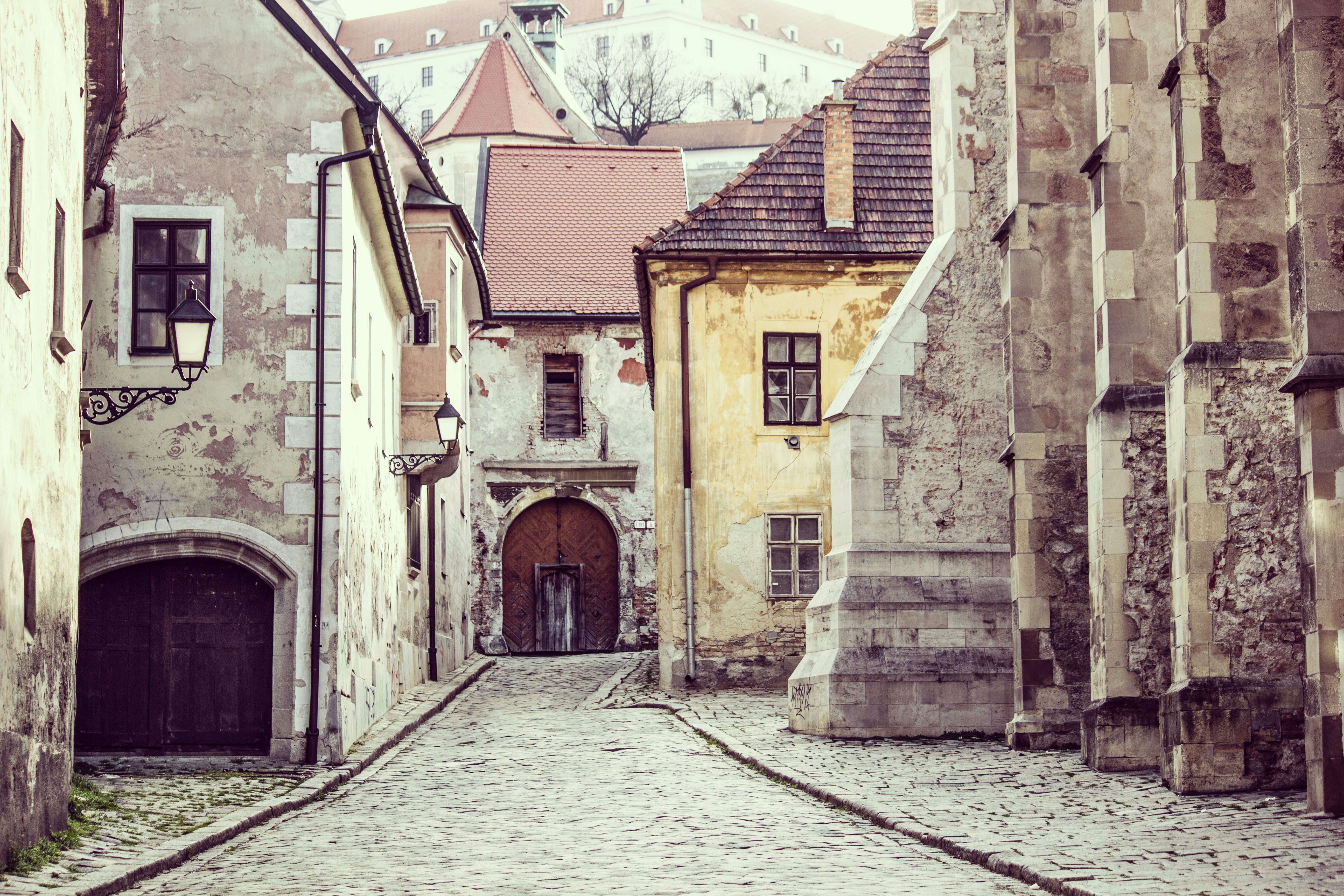
About Vienna
Vienna is the capital and largest city of Austria. Located on the Danube River in the East of the country, the city is renowned for its strong music heritage and rich culture, and is the largest German speaking city in the world, outside of Berlin. In 2001, Vienna was designated a UNESCO World Heritage Site and boasts magnificent architecture. The city is home to over 27 castles and 150 palaces including the symbolic Gothic St Stephen’s Cathedral and the iconic Schönbrunn Palace. Art and music are in abundance and all tastes are catered for. Live music venues offer everything from Rock to Opera. Enjoy world class performances at Vienna State Opera and experience the epicentre of international concert life at Musikverein. Modern and historical art can be found in indoor and outdoor spaces around the city, and a visit to the famous Kunsthistorisches Museum (KHM) is highly recommended. Enjoy views of the city from the Danube Tower and the Giant Ferris Wheel, then relax in the ample cosy coffee houses, cafes, bars and restaurants where traditional and international cuisines are served, as well as the locally produced wines.
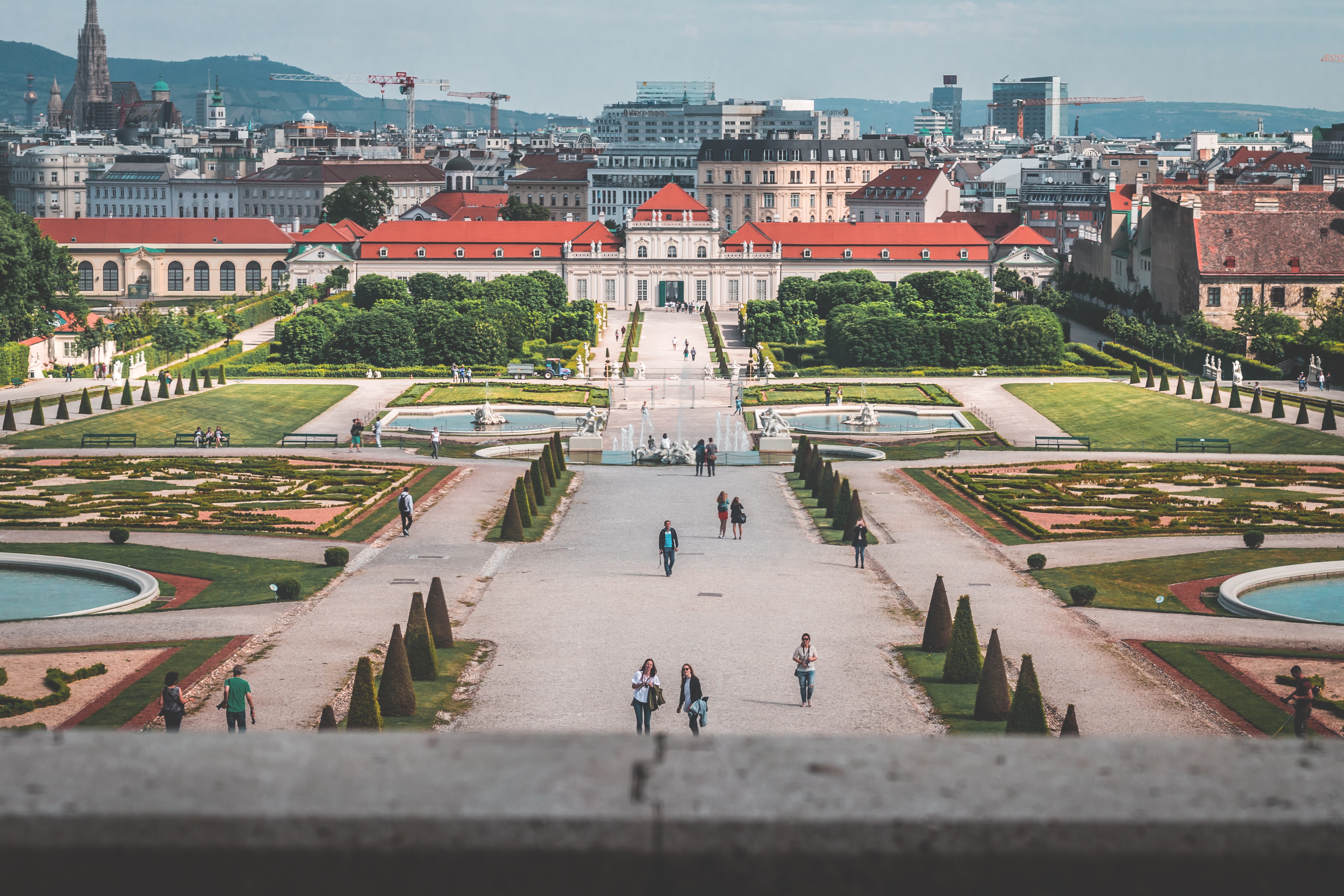
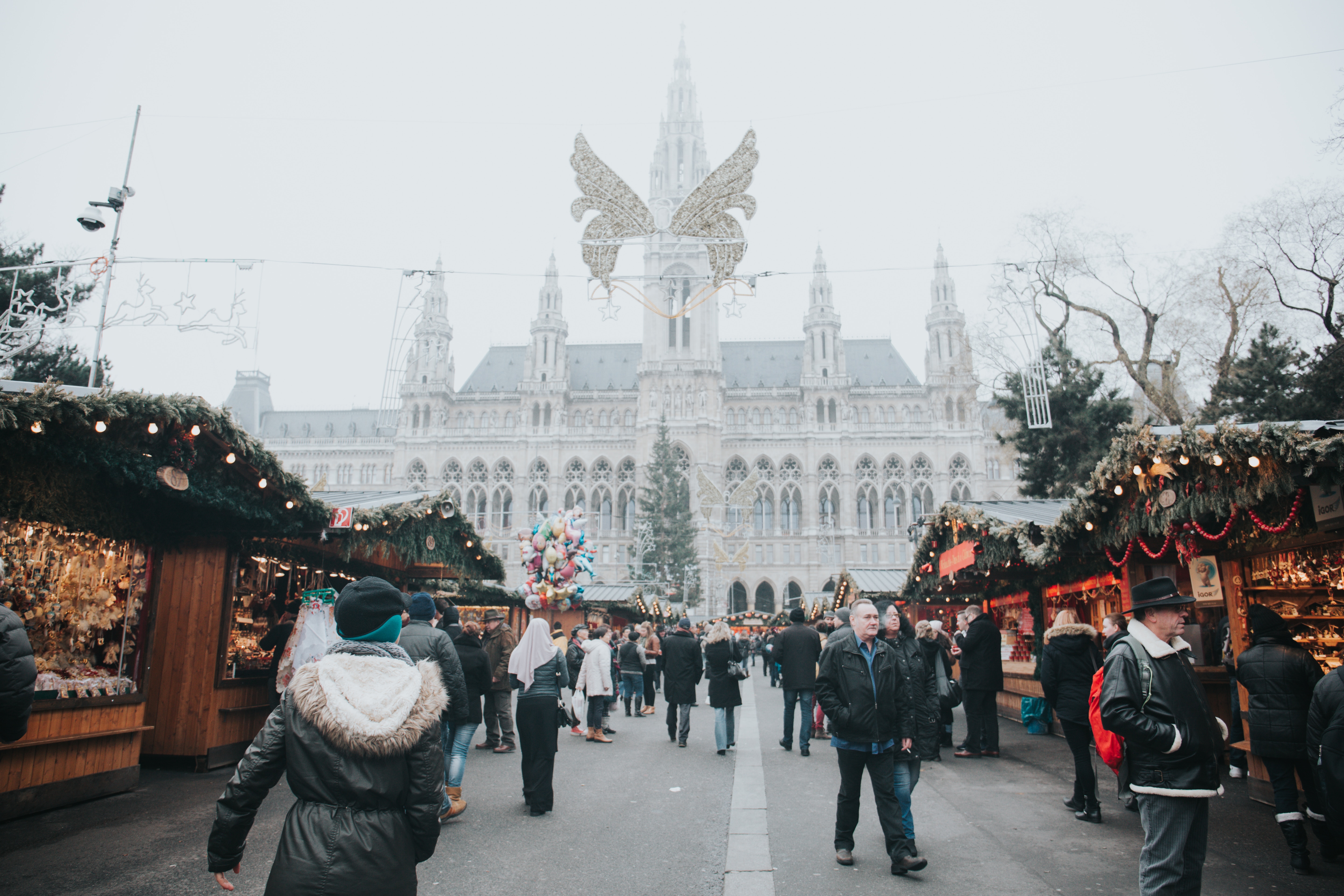



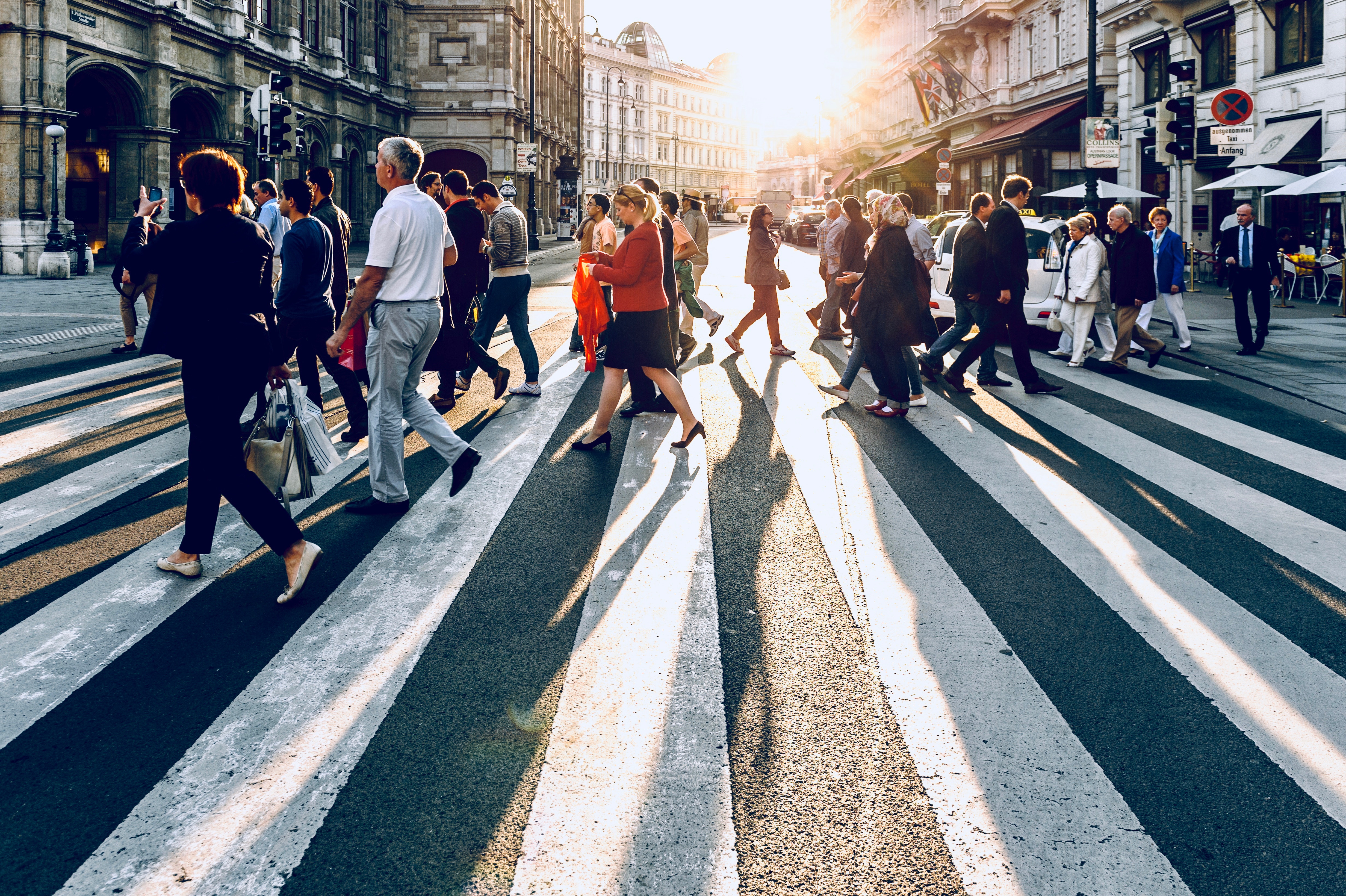
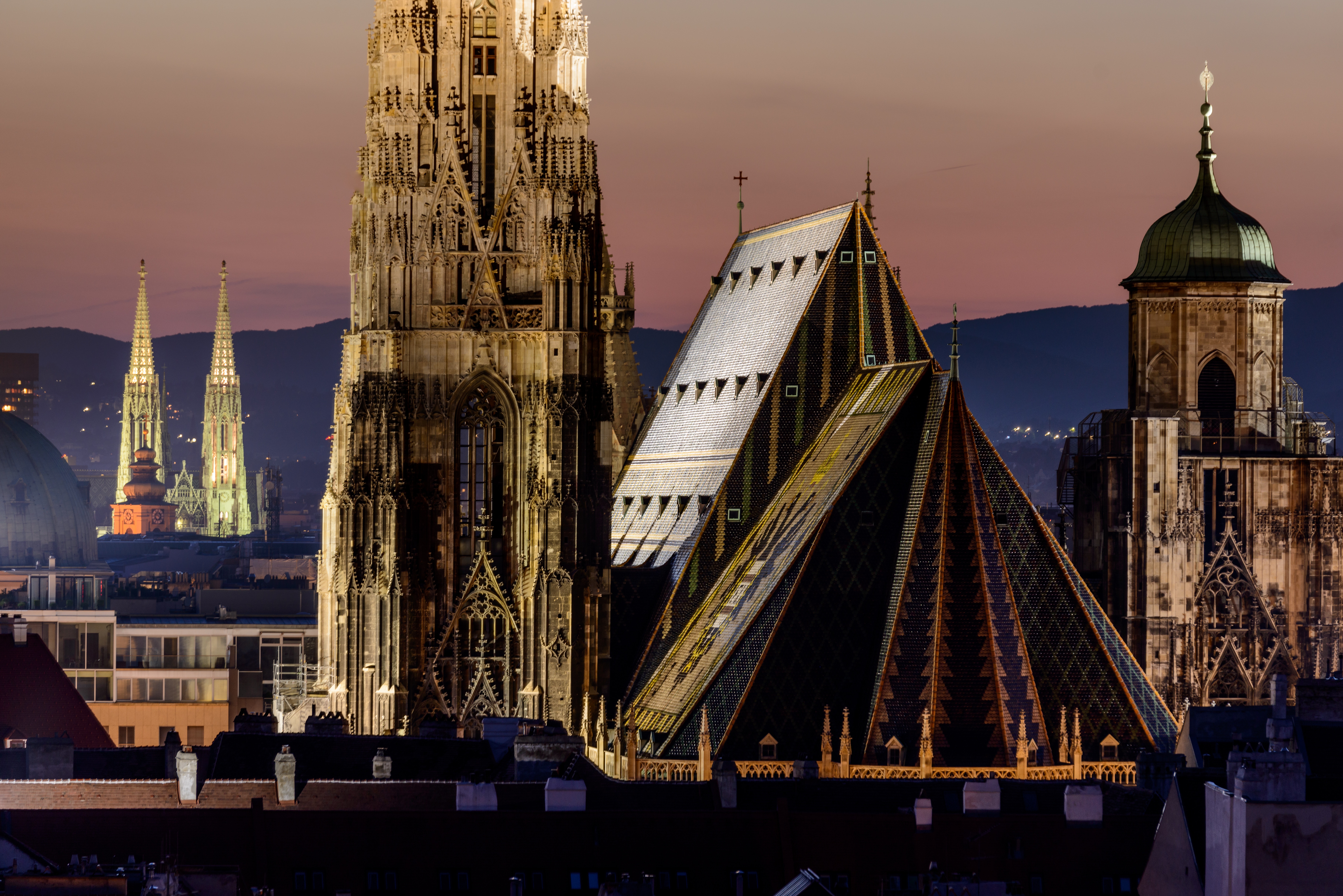
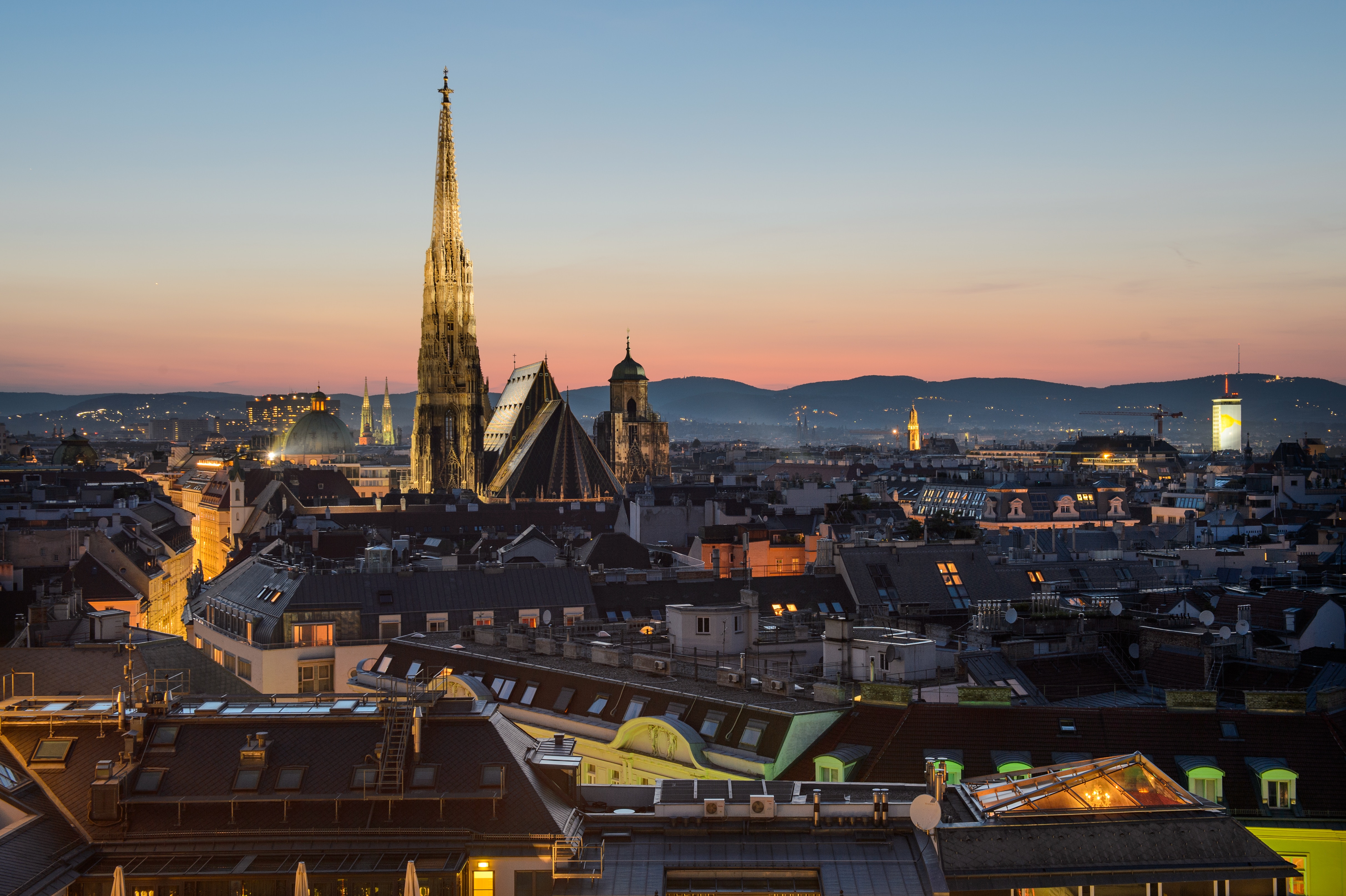
About Dürnstein
Dürnstein is a town located in the Northeast of Austria, situated on the Danube river. It is part of the UNESCO World Heritage site and wine region of Wachauer. It is a popular destination for wine lovers as many wineries offer accommodation. In addition to wine tasting and vineyard tours, visitors will find exploring the area on foot is easy and enjoyable. Take one of the many beautiful hiking trails across ancient rocks and admire the impressive views across the Danube valley. Children will enjoy exploring the outdoors of Dürnstein too, with outdoor playgrounds and theme trails available to keep them entertained. In addition, children and adults will enjoy Austria’s only outdoor biological swimming pool, Kuenringerbad, with an average temperature of 23 degrees celsius. Enjoy views of the town from overhead helicopter tours, leisurely river excursions, or hike up into the mountains and explore some of Dürnstein’s ruins. The mountains offer the ruins of Dürnstein castle and city wall as well as beautiful flora and fauna to spot.
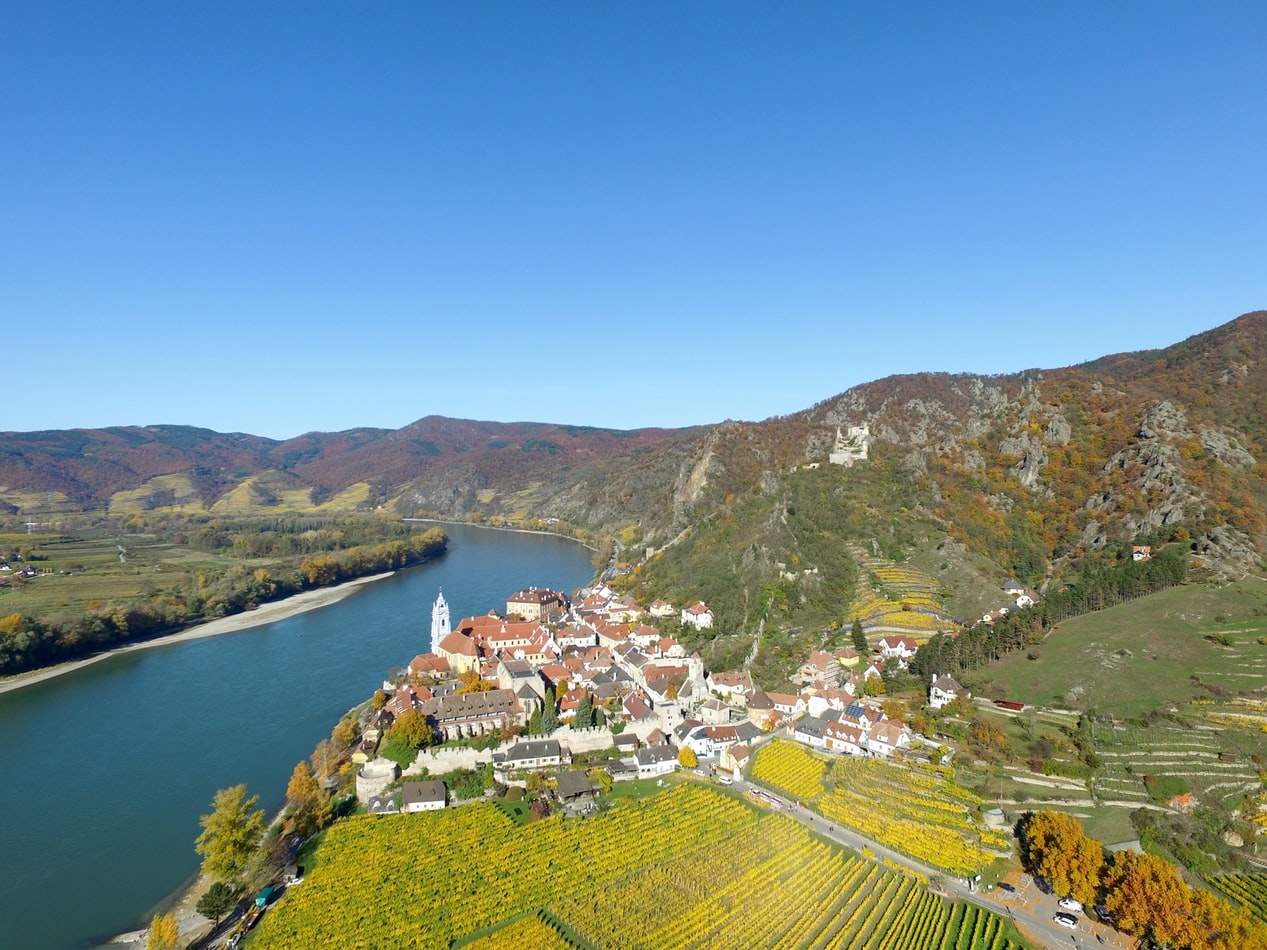
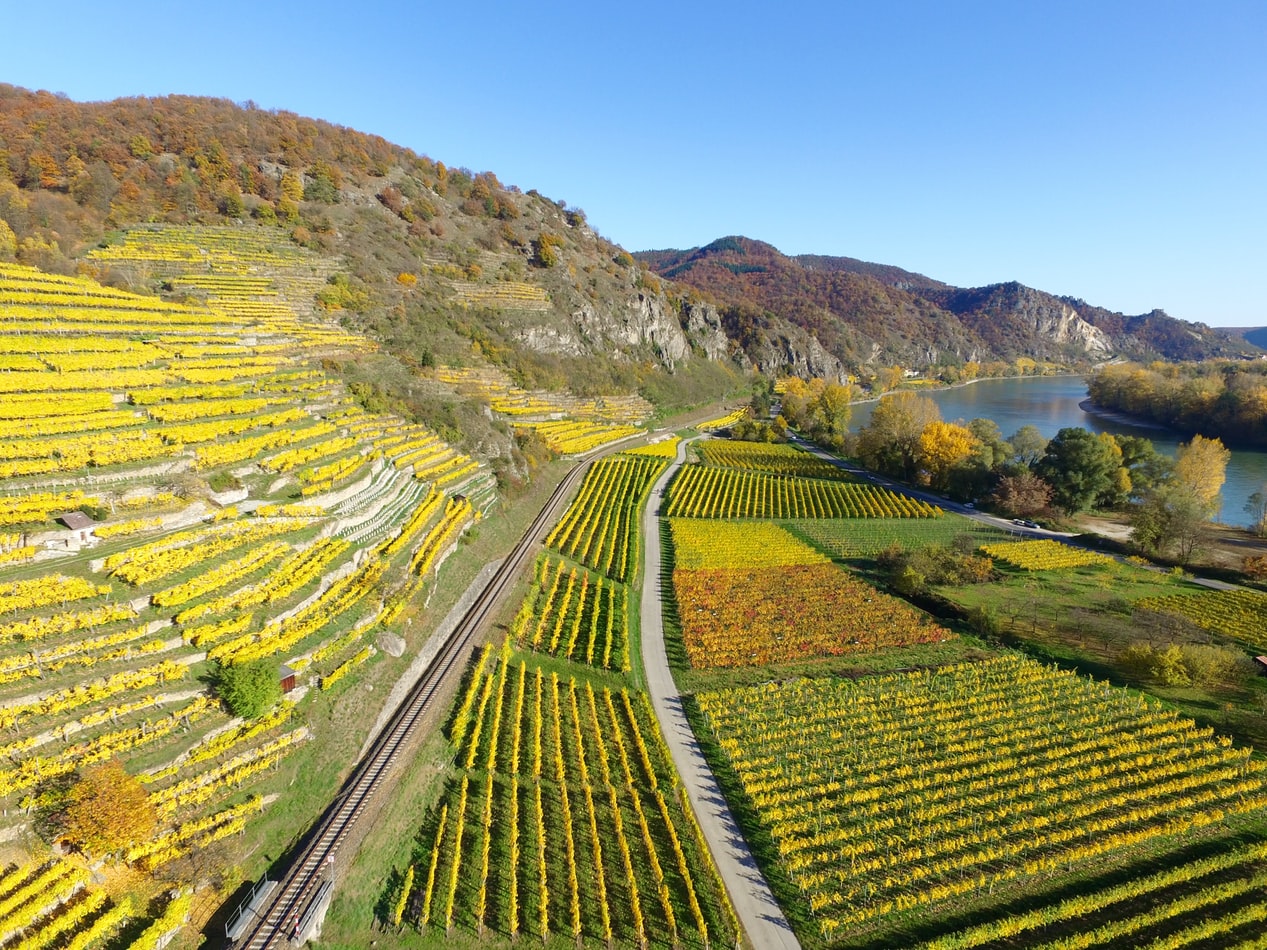
About Melk
Melk is an Austrian town situated on the River Danube. Located west of Vienna, the town is mostly famous for its 11th Century Melk Abbey, a magnificent monastery built high above the town. Melk Abbey is the largest example of Baroque architecture in the Wachau Valley, with the valley itself awarded UNESCO World Heritage Site status in 2000. Its steep terraced vineyards mean vinters cultivate with traditional manual practices and the springtime sees this unique landscape covered in apricot tree blossoms. Strolling around the streets of Melk Old Town, visitors will find the Town Hall Square, the Main Square, the old Post Office, now a local museum, Old Abbey Tavern, and Kremser Strasse. River cruises, self-guided walking tours and cycle tours are also extremely popular around Melk, as the Wachau Valley offers unique landscape to be explored and enjoyed. Art festivals and Baroque music is celebrated each year with the Melk Baroque Days, an international festival.
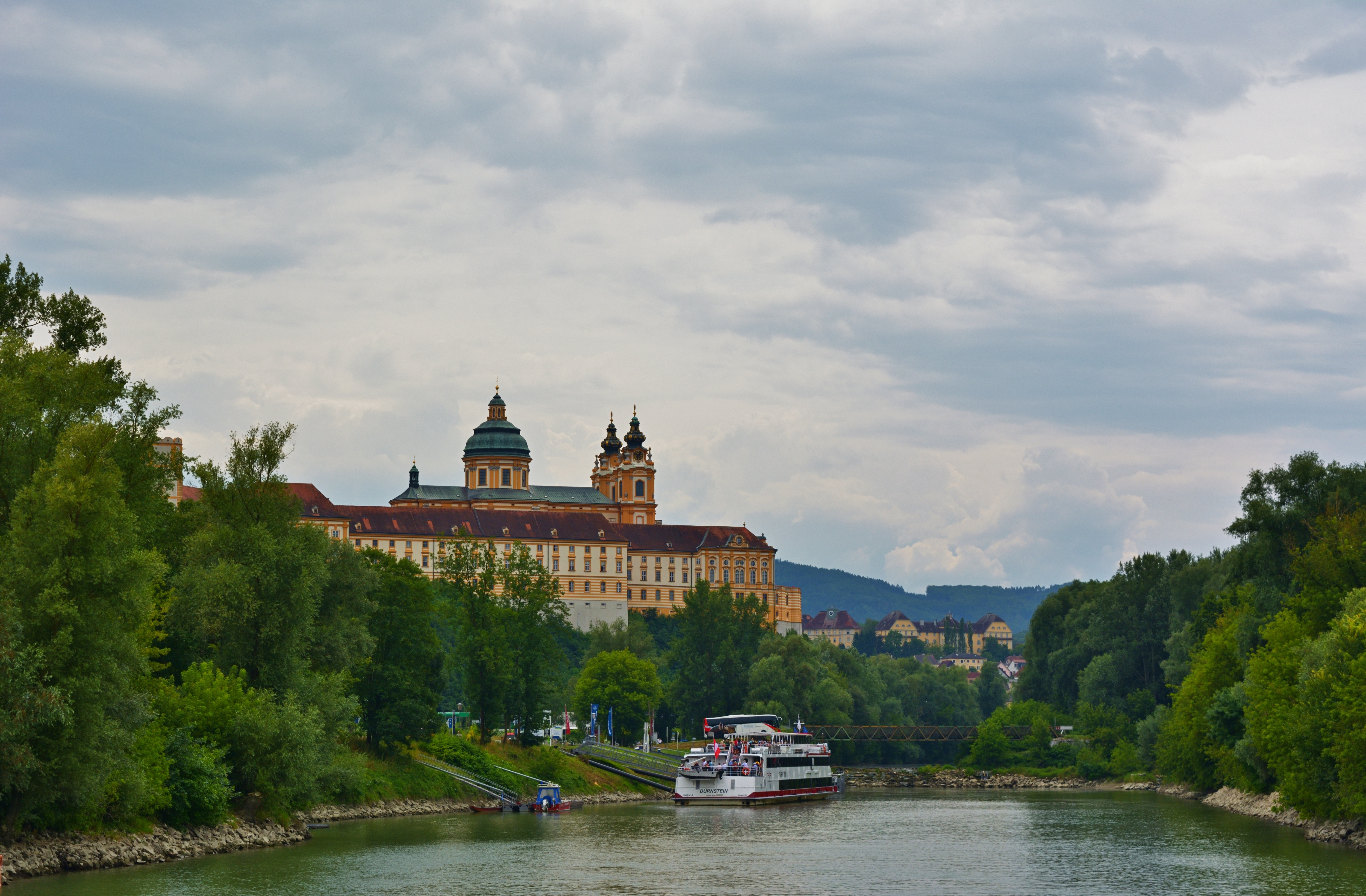
About Engelhartszell an der Donau
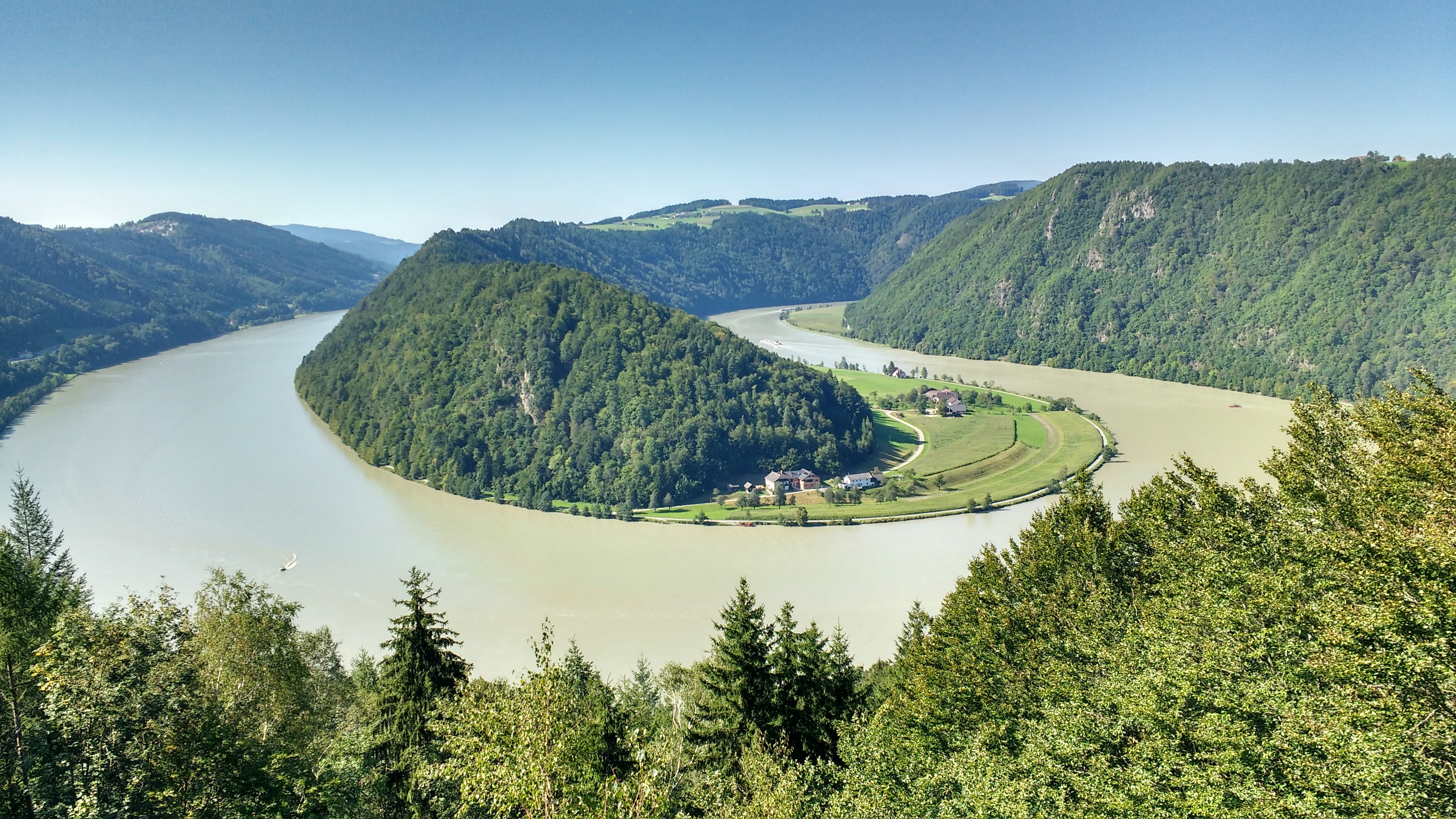
About Passau
Passau is a German city located in the Southeast of Germany on the Austrian border. It is situated at the confluence of the rivers Danube, Inn and Ilz. The Three Rivers City, as it’s also known, is unique for its three contrasting currents of blue, green and black. Old Town of Passau is home to towering buildings of striking architecture: the majestic fortress Veste Oberhaus, the Pilgrimage Church Mariahilf and St Stephen's Cathedral. Many of Passau’s attractions can be found in this area, including the New Bishop’s Residence, the Gothic Town Hall, as well as many churches and museums. Visitors can stroll along the riverfront promenades and romantic lanes whilst enjoying the picturesque landscape. For modern art, The Museum of Modern Art and Glass Museum Passau are recommended as they offer something a bit different. Theatre and cabaret are a popular evening pastime, with performances at the former Prince Bishopric Theatre or some lively cabaret and Jazz at the Scharfrichterhaus. Visitors will also find many traditional local Bavarian and Austrian cafes and restaurants offering a cosy atmosphere with home cooked food from local produce.
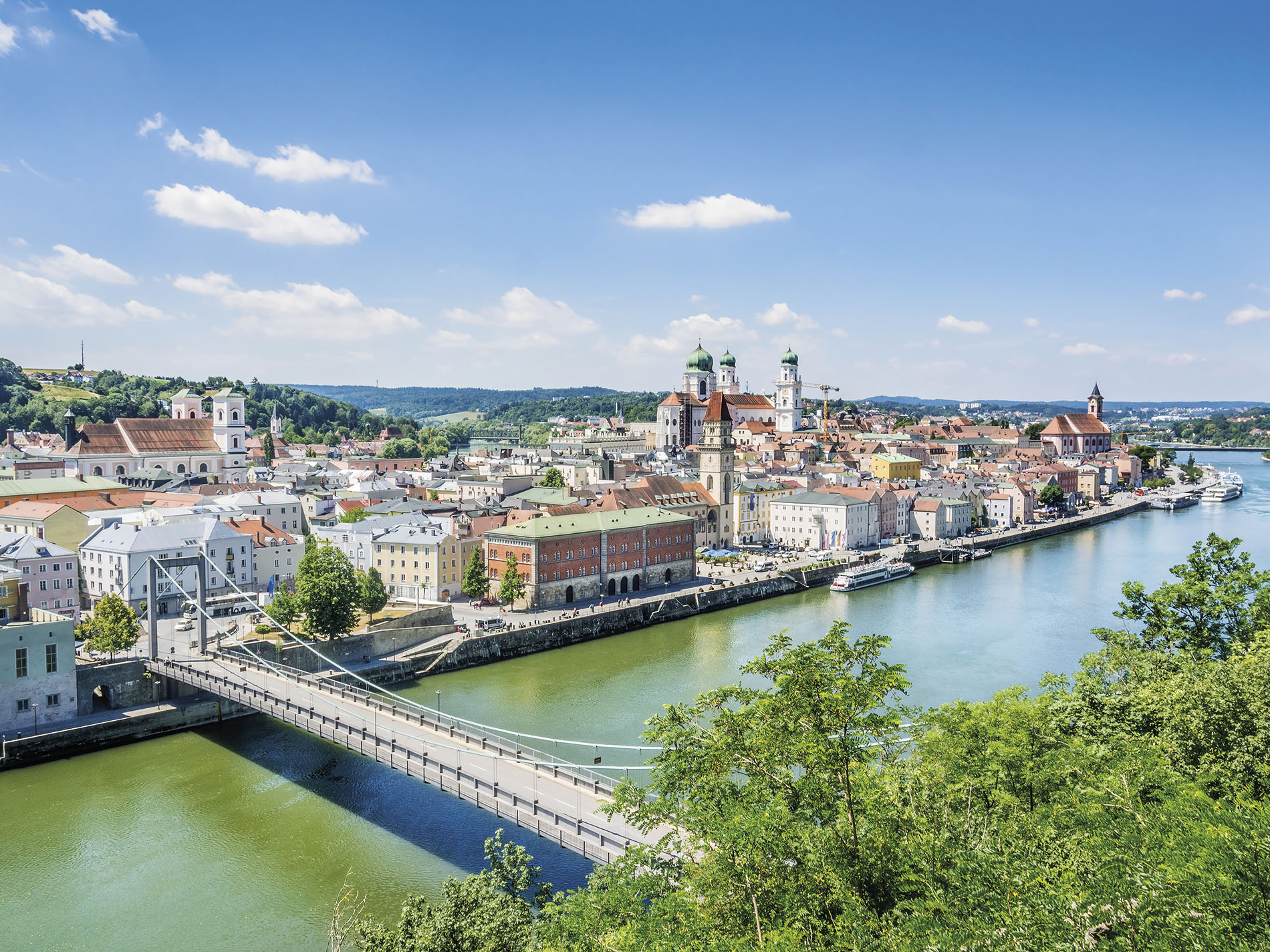
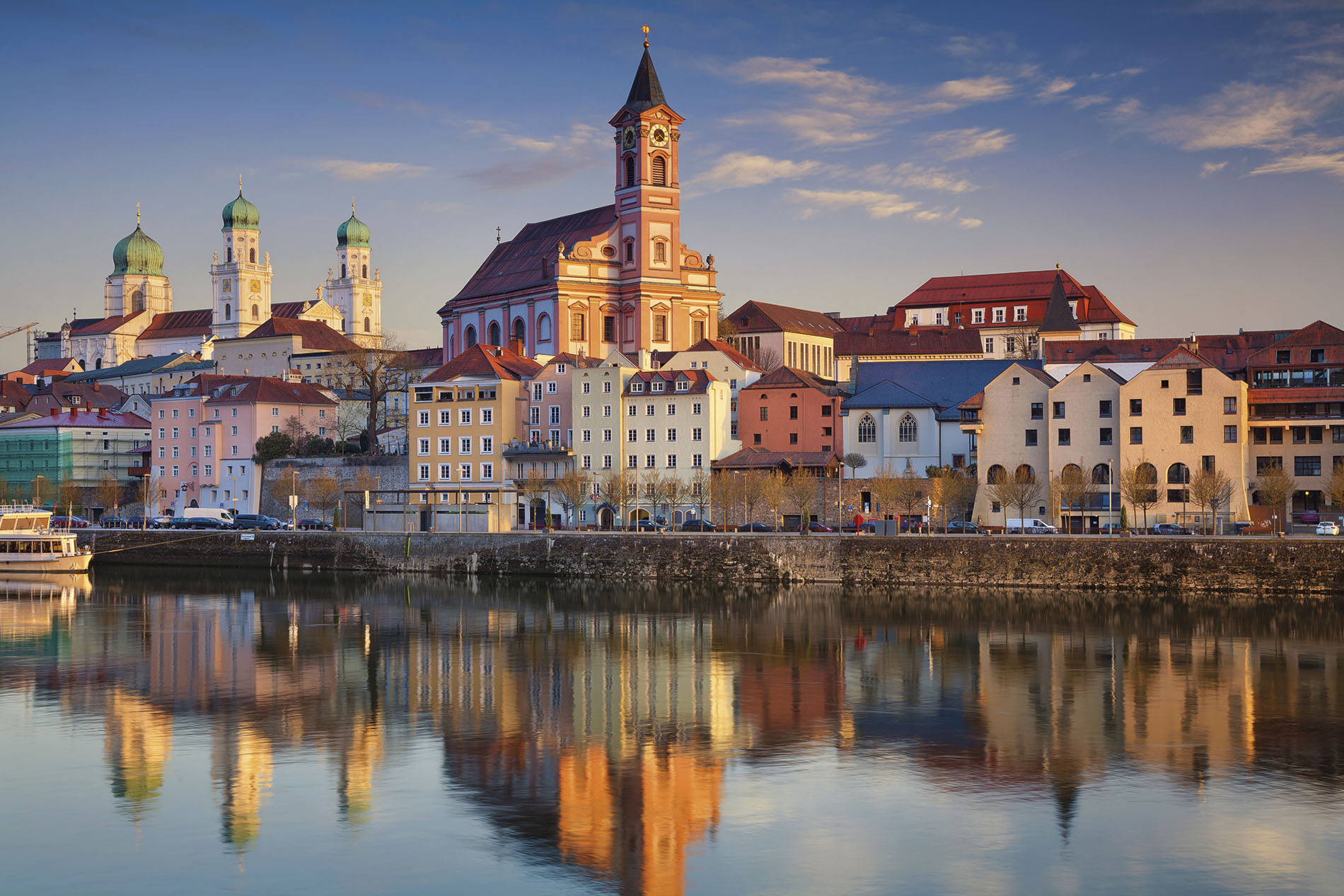
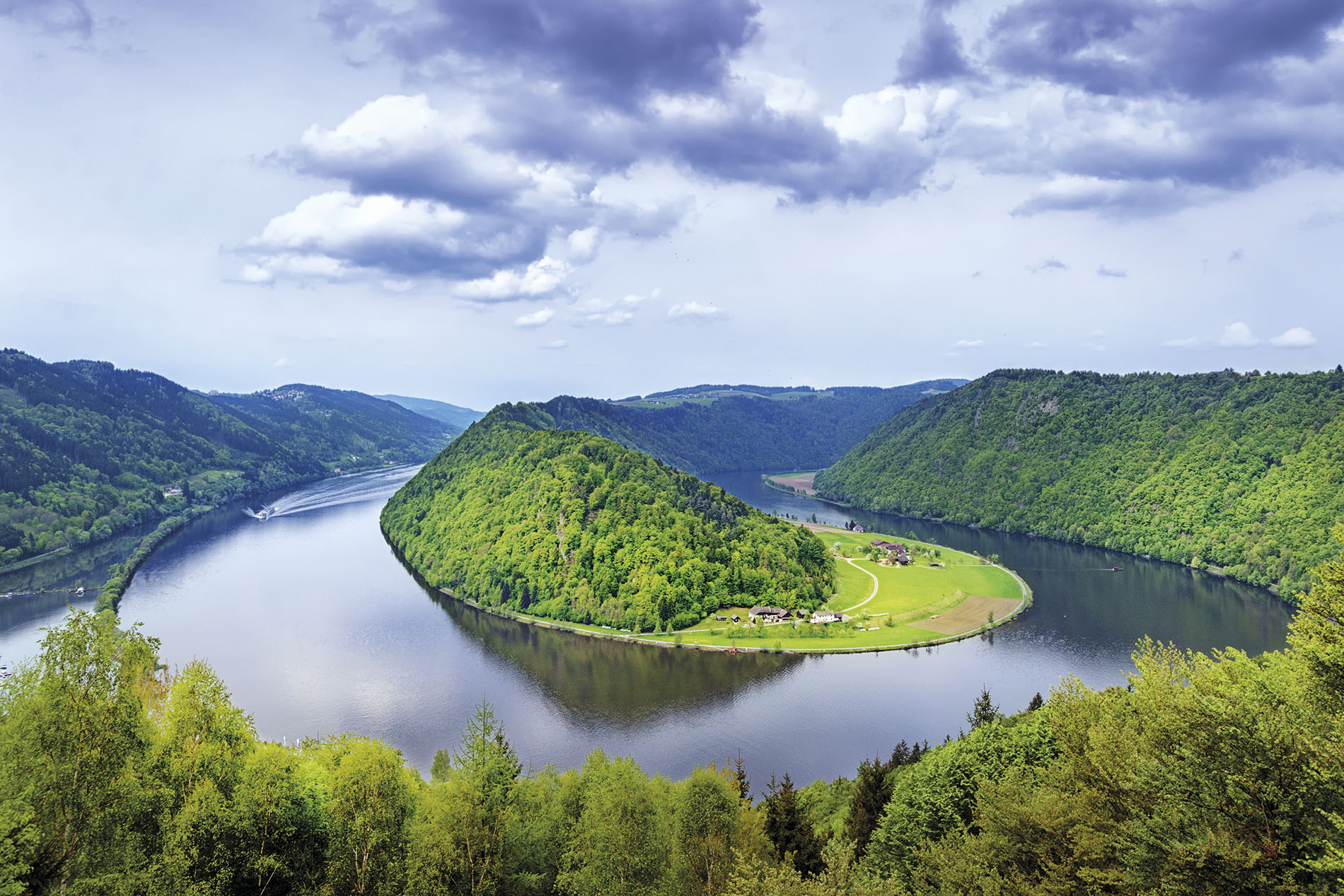
About Regensburg
Regensburg is a medieval city of Bavaria in southeast Germany. It is situated on the northern point of the Danube River at its confluence with the Regen and Naab rivers. The city is famous for its iconic 12th Century stone bridge and sixteen arches, crossing the Danube into Old Town and is the oldest preserved bridge in Germany. Regensburg is also noted for its 13th Century Regensburg Cathedral and Gothic twin spires that feature prominently on the city’s skyline. Recently awarded UNESCO World Heritage status, the city is home to many preserved sites. Visit the the 2nd Century Porta Praetoria which served as the north gate to a Roman camp and St Peter’s Cathedral, with its French Gothic architecture. Also the 18th Century Thurn and Taxis Palace and the Old Town Hall, which is now home to the Imperial Diet Museum, are also worth a visit. Regensburg benefits from lots of parks and gardens for visitors to relax in, as well as walks and cycle paths along the banks of the rivers.
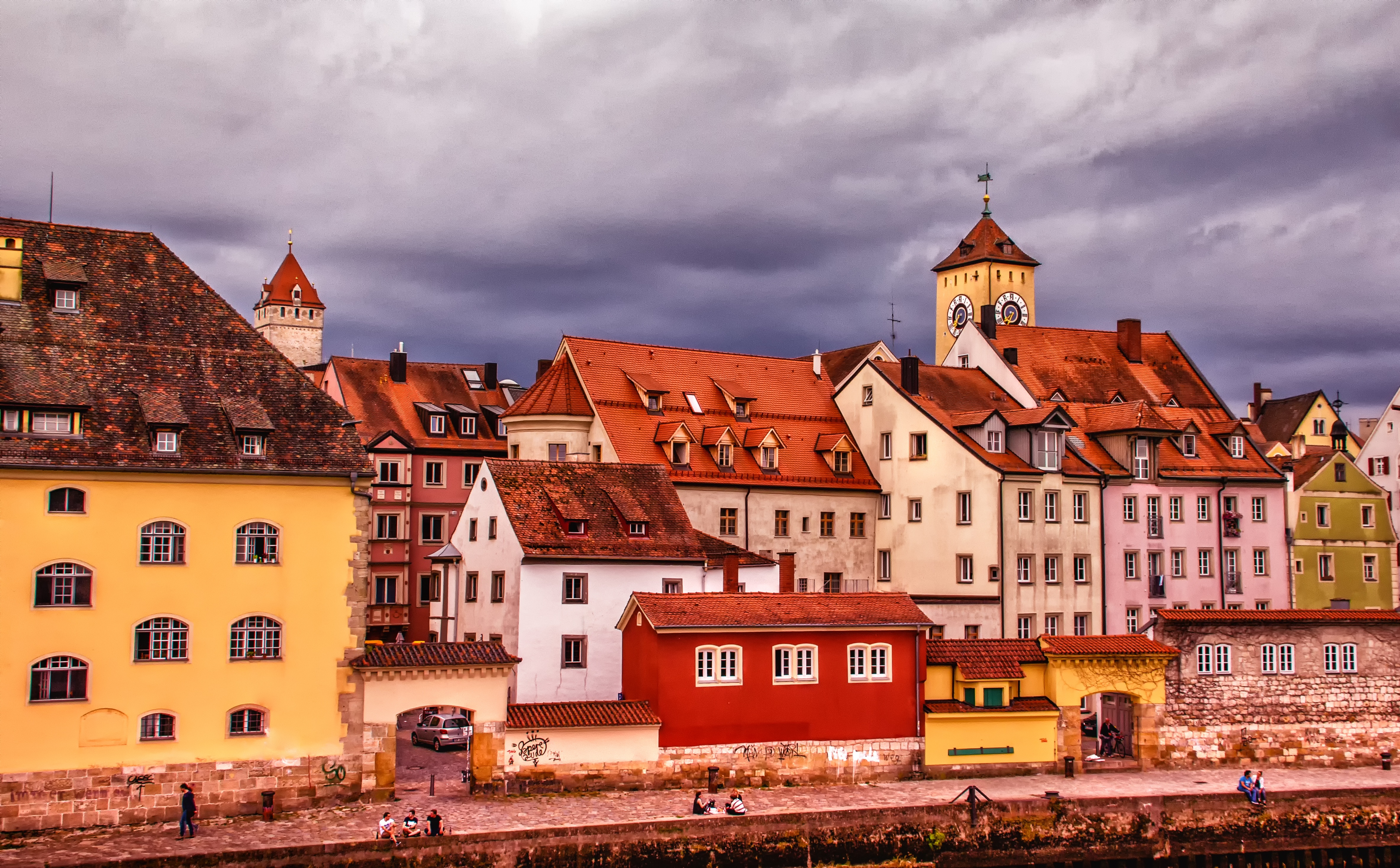
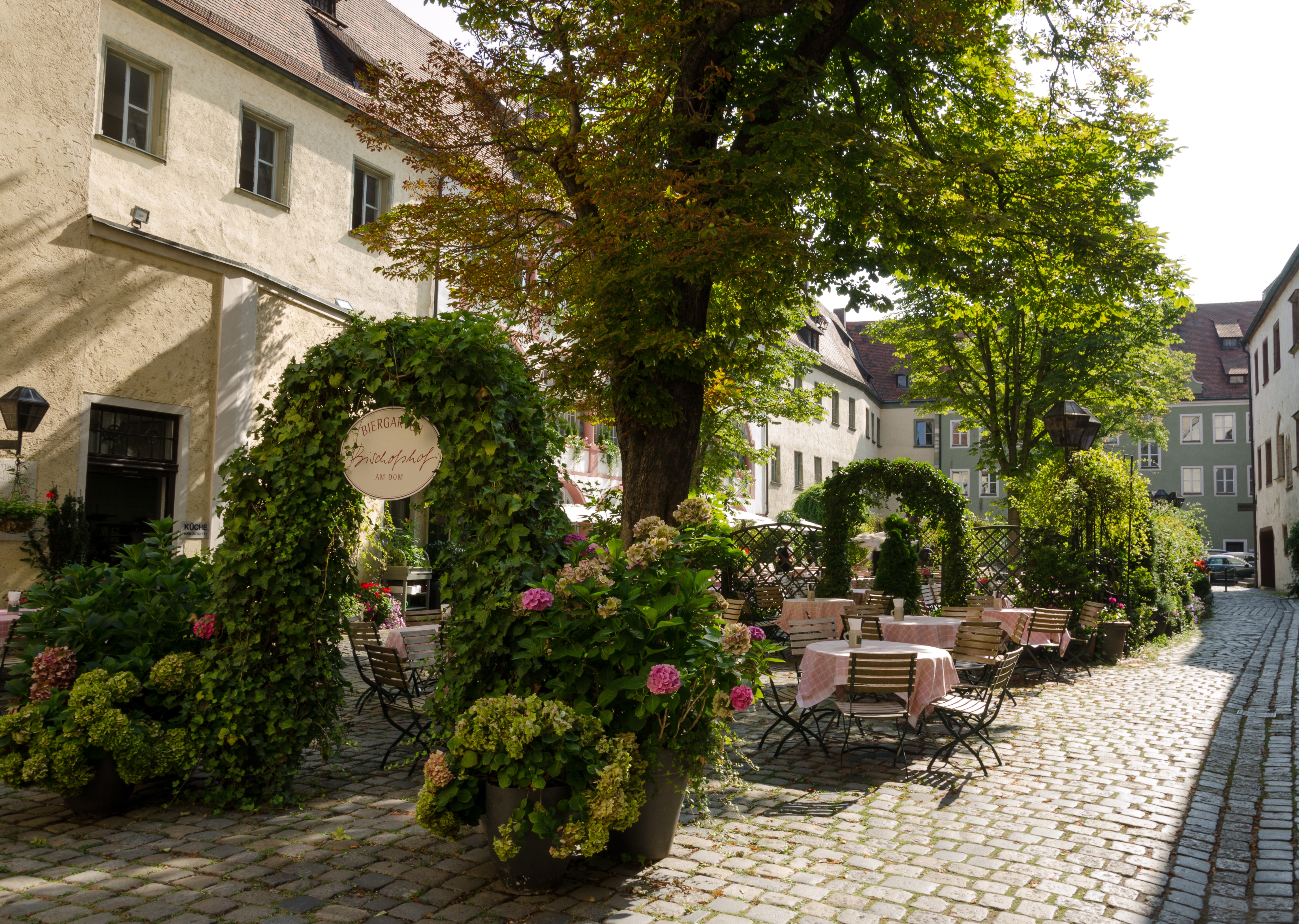
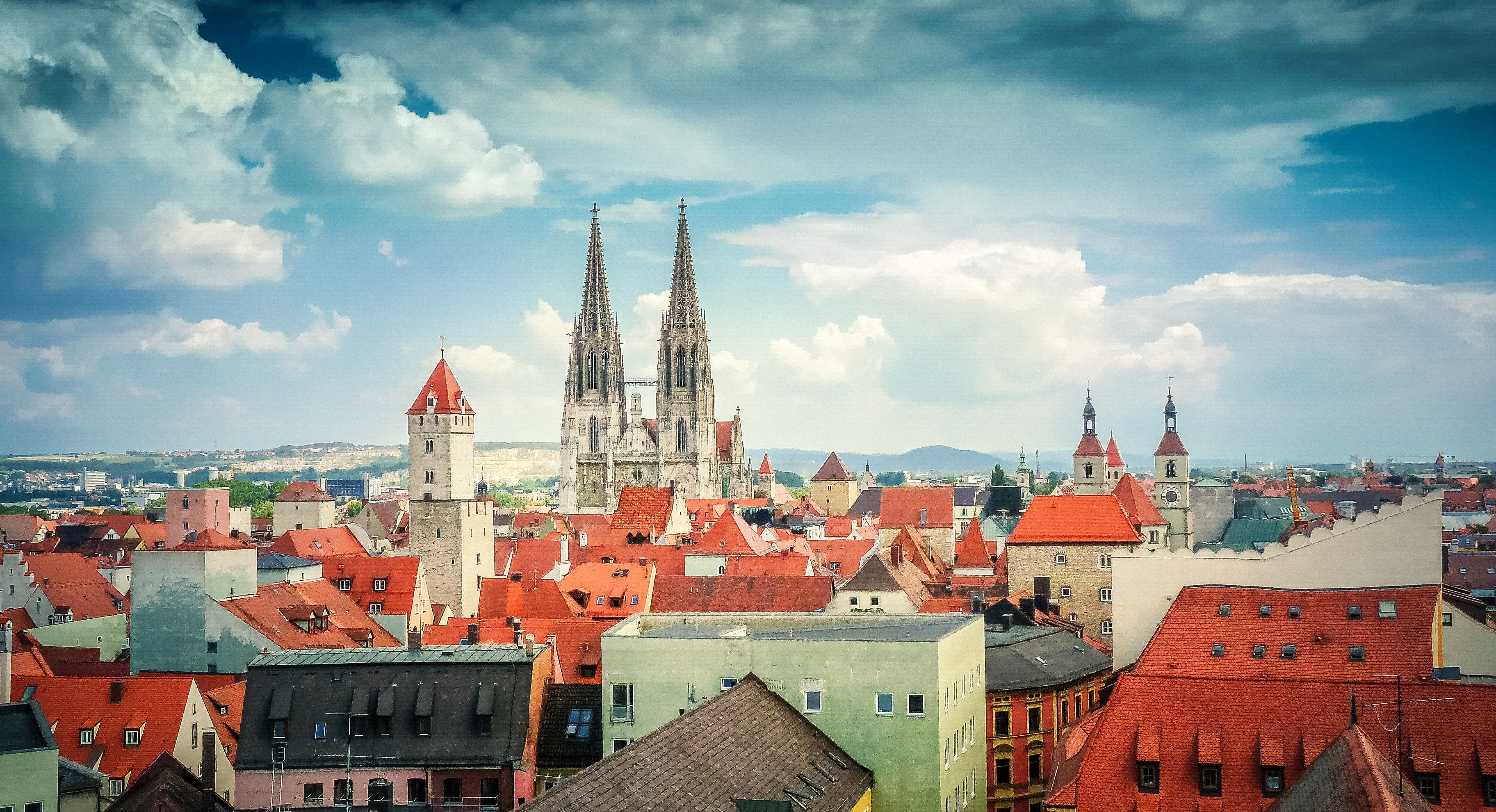
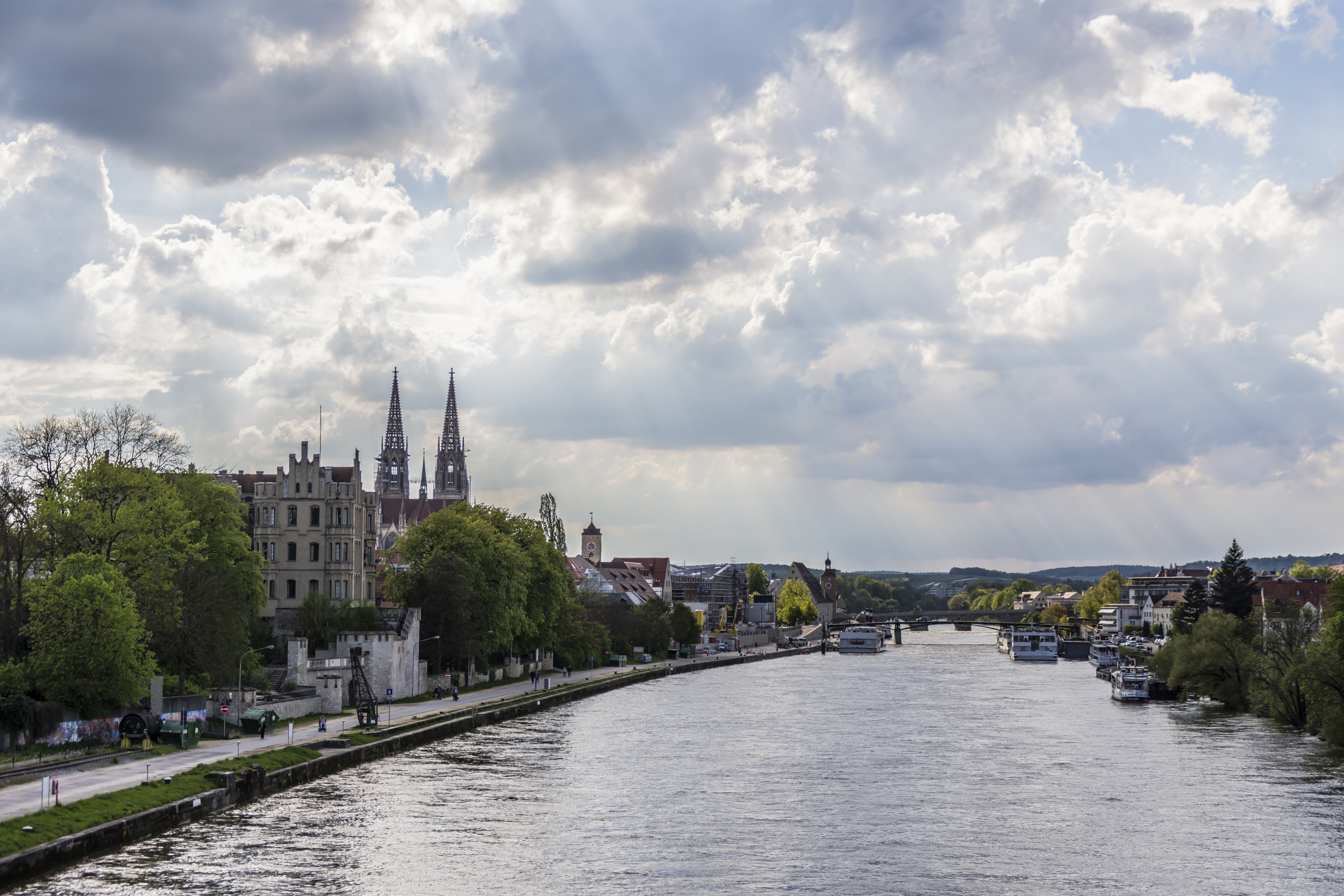

About Regensburg
Regensburg is a medieval city of Bavaria in southeast Germany. It is situated on the northern point of the Danube River at its confluence with the Regen and Naab rivers. The city is famous for its iconic 12th Century stone bridge and sixteen arches, crossing the Danube into Old Town and is the oldest preserved bridge in Germany. Regensburg is also noted for its 13th Century Regensburg Cathedral and Gothic twin spires that feature prominently on the city’s skyline. Recently awarded UNESCO World Heritage status, the city is home to many preserved sites. Visit the the 2nd Century Porta Praetoria which served as the north gate to a Roman camp and St Peter’s Cathedral, with its French Gothic architecture. Also the 18th Century Thurn and Taxis Palace and the Old Town Hall, which is now home to the Imperial Diet Museum, are also worth a visit. Regensburg benefits from lots of parks and gardens for visitors to relax in, as well as walks and cycle paths along the banks of the rivers.





About Prague
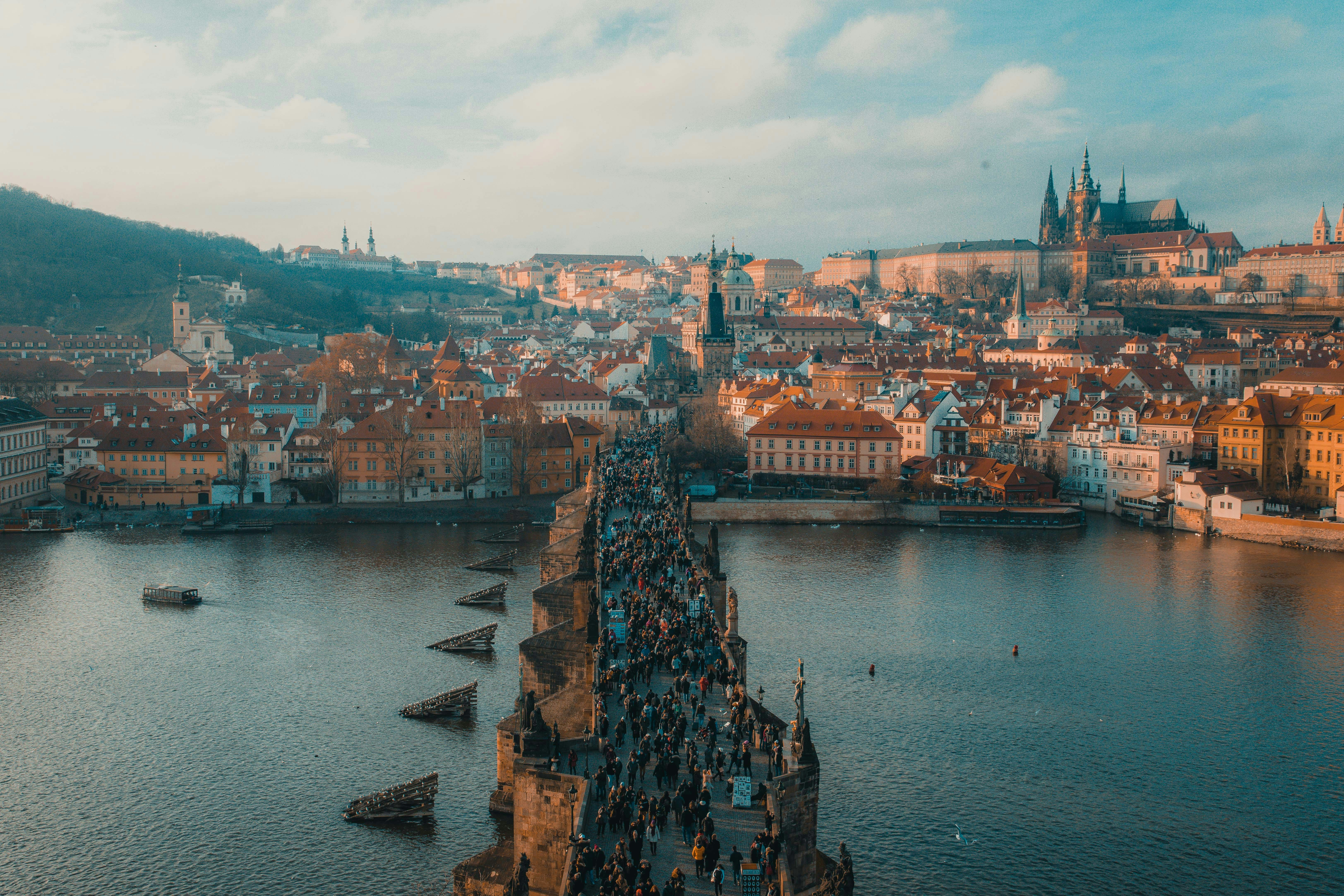
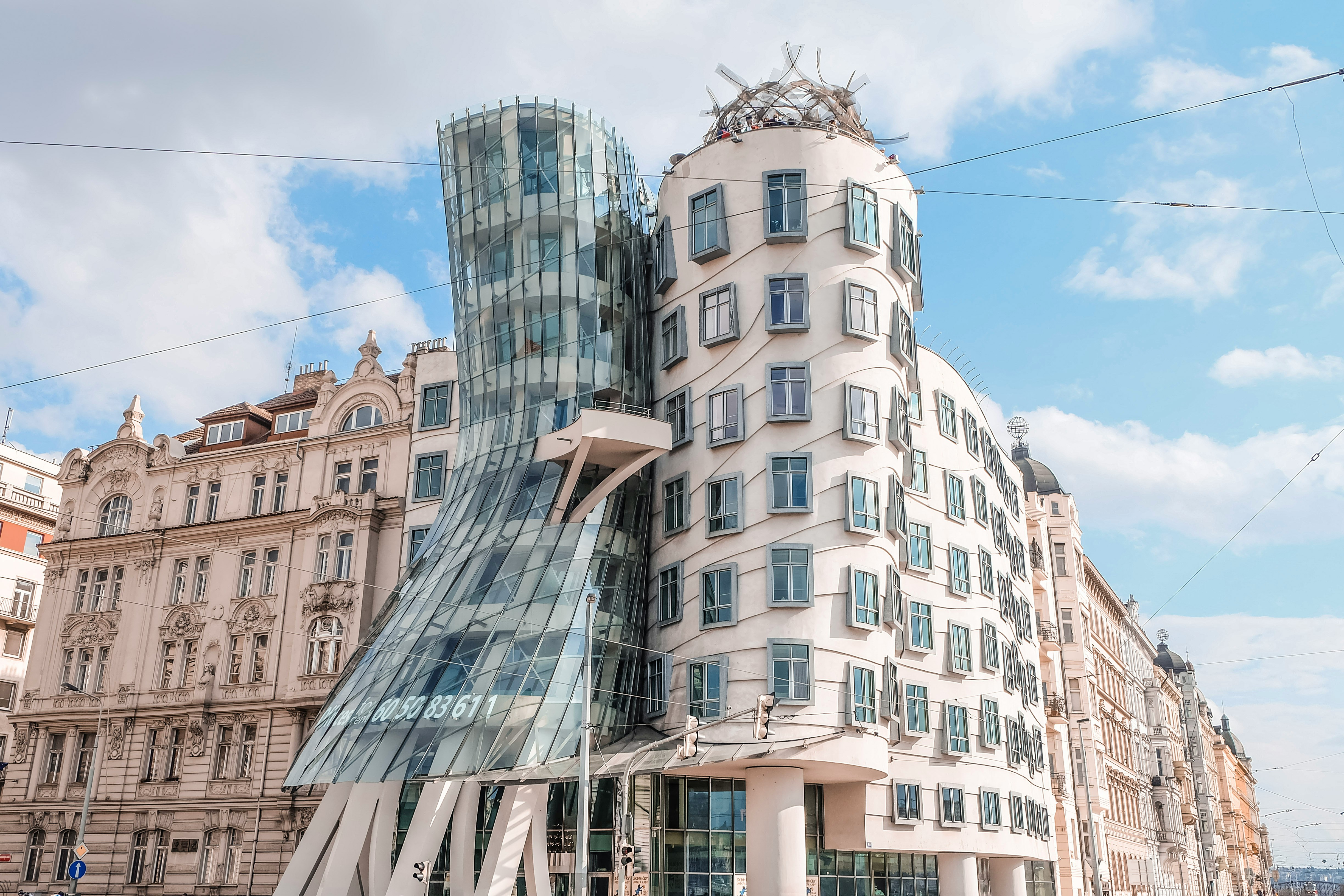
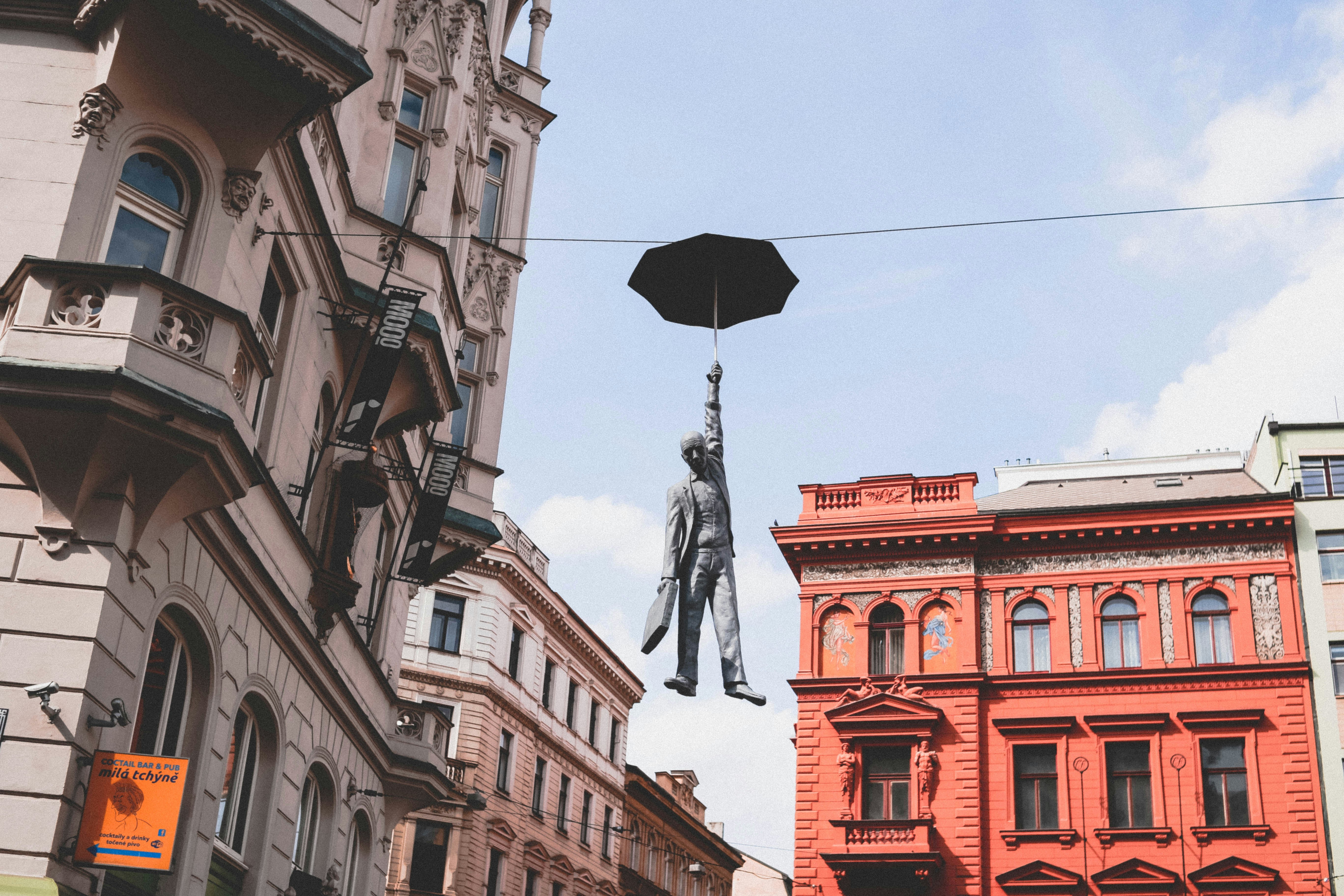
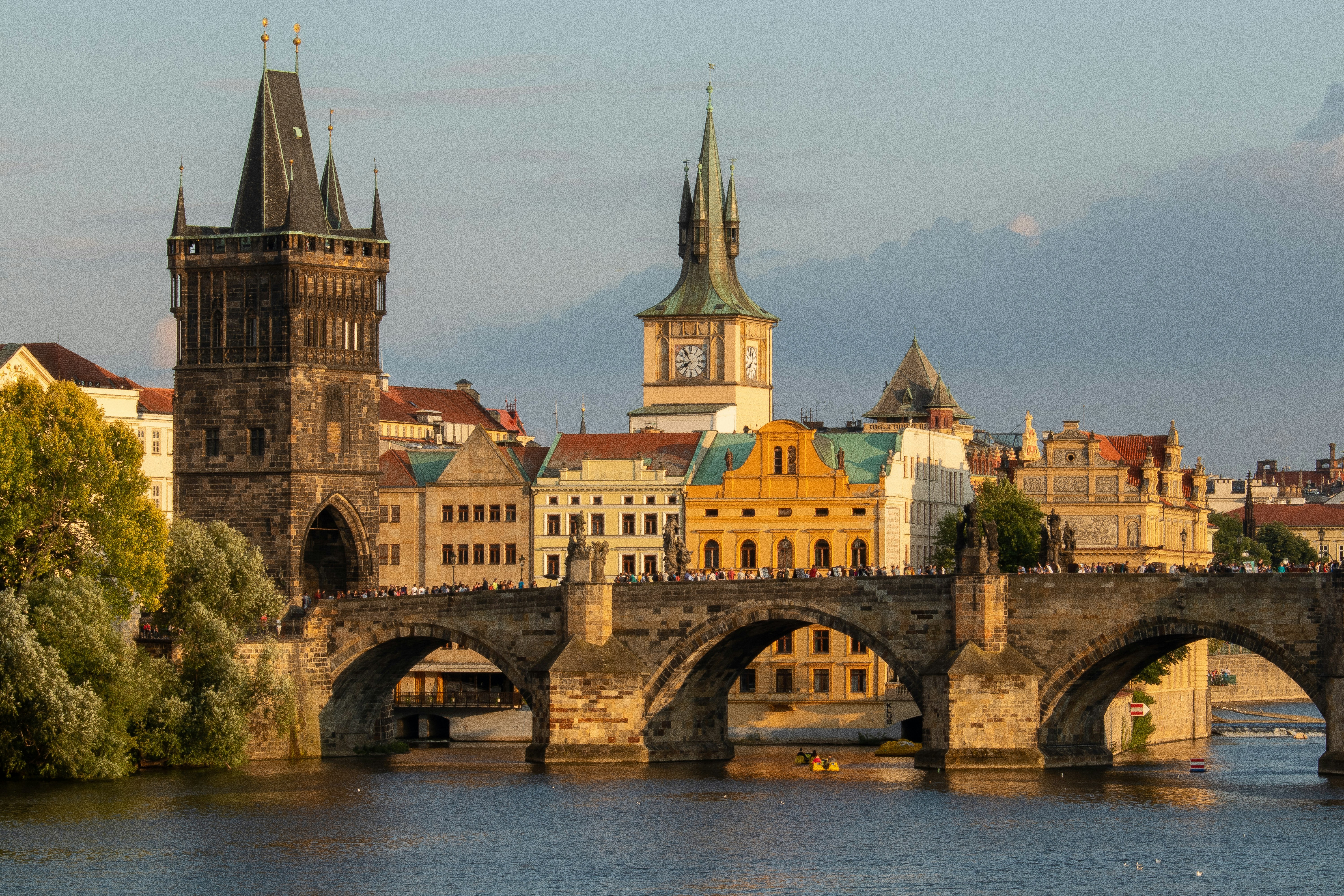
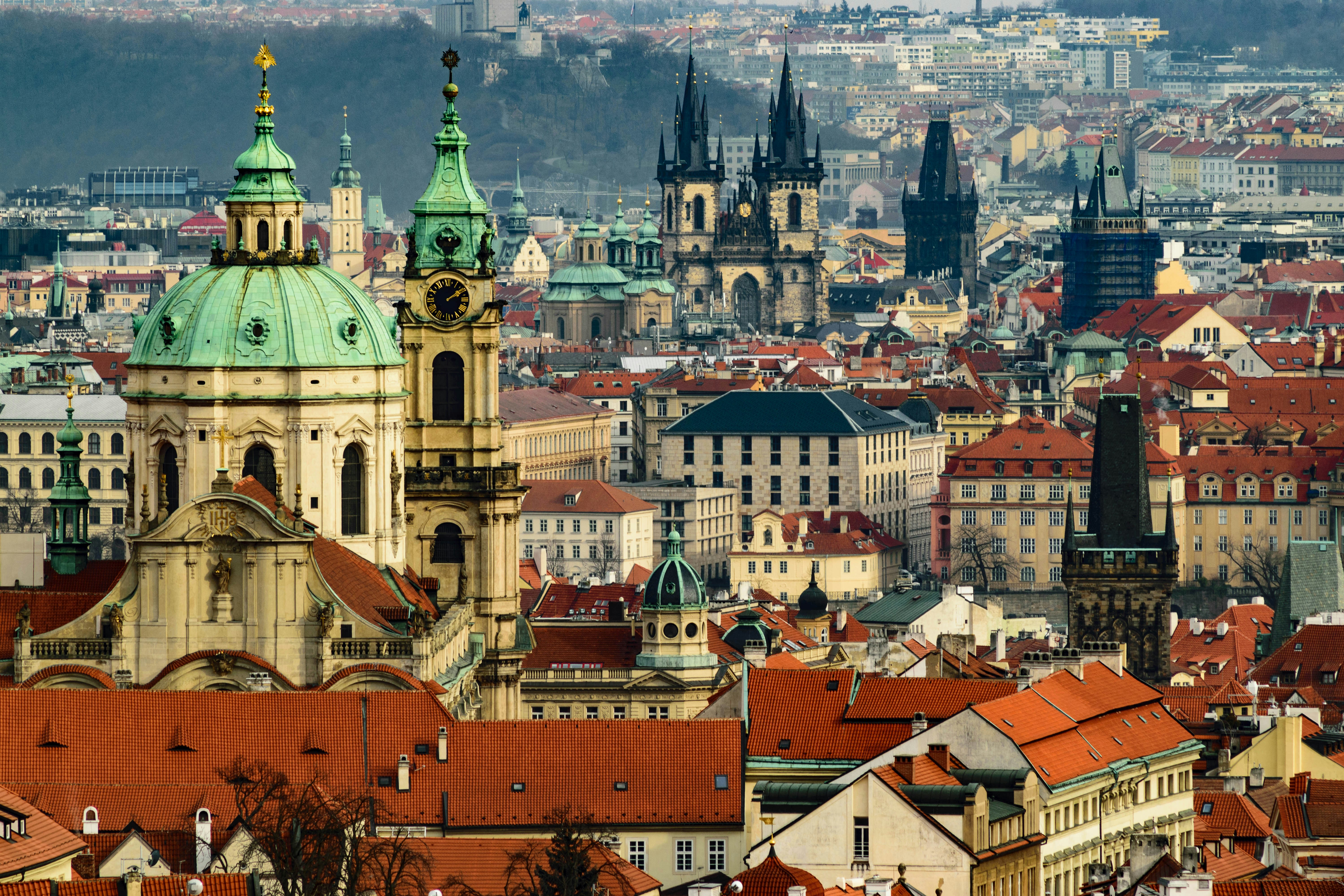
About Prague





About Prague





About Prague





A limited number of Owner’s One-Bedroom Suites are available on each Star-Ship, making them our most exclusive suites. A separate living room and bedroom area offers a greater amount of space and a walk-in wardrobe provides ample storage room.
Suite inclusions
- Outdoor private balcony with open-air system
- Separate bedroom and lounge area
- Queen-size or twin hotel-style beds
- Pillow menu
- En-suite bathroom with shower, indulgent toiletries, hair dryer, on-board complimentary bathrobes and slippers
- Walk-in wardrobe
- Complimentary in-suite mini- bar, restocked daily with wine, beer and soft drinks
- Complimentary Nespresso machine
- Continental breakfast, pre-dinner canapés and after-dinner sweet treats served in your suite
- Four items of laundry per day
- Complimentary water, restocked daily
- Complimentary Wi-Fi
- Use of an iPad
- Flat screen TV and infotainment system
- Individual climate control
- Personal safe
- Umbrella
- Telephone
- Walking sticks
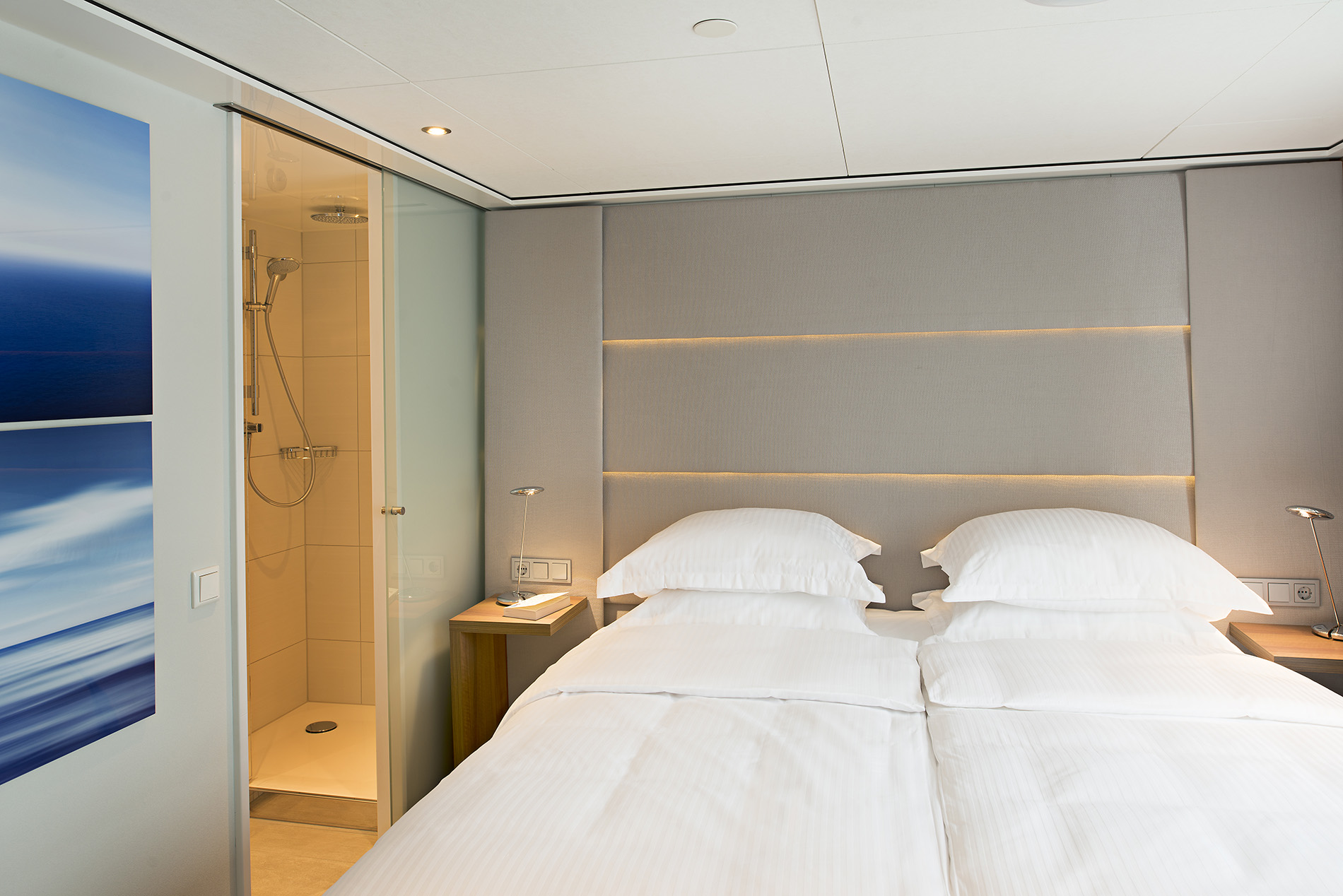
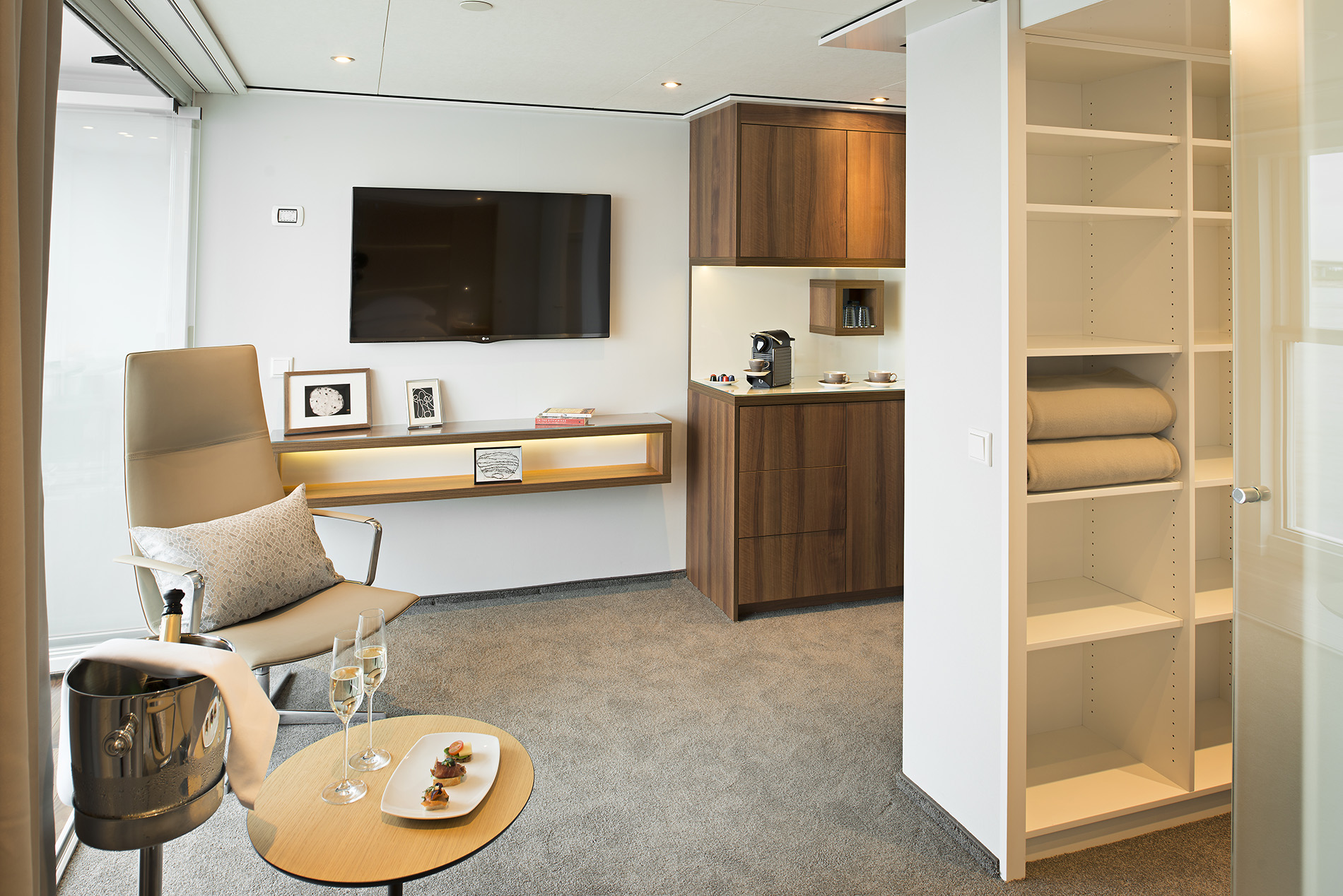
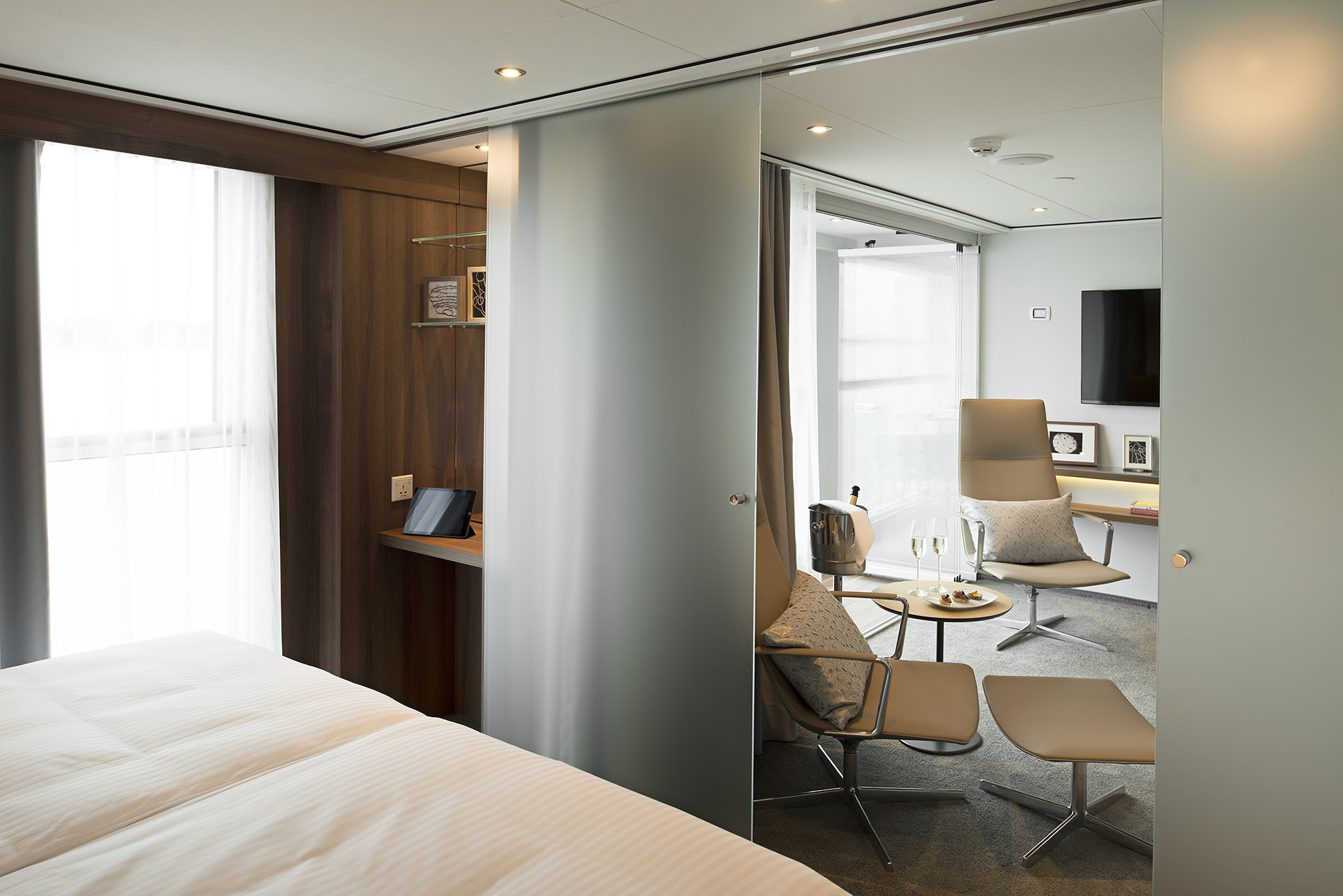
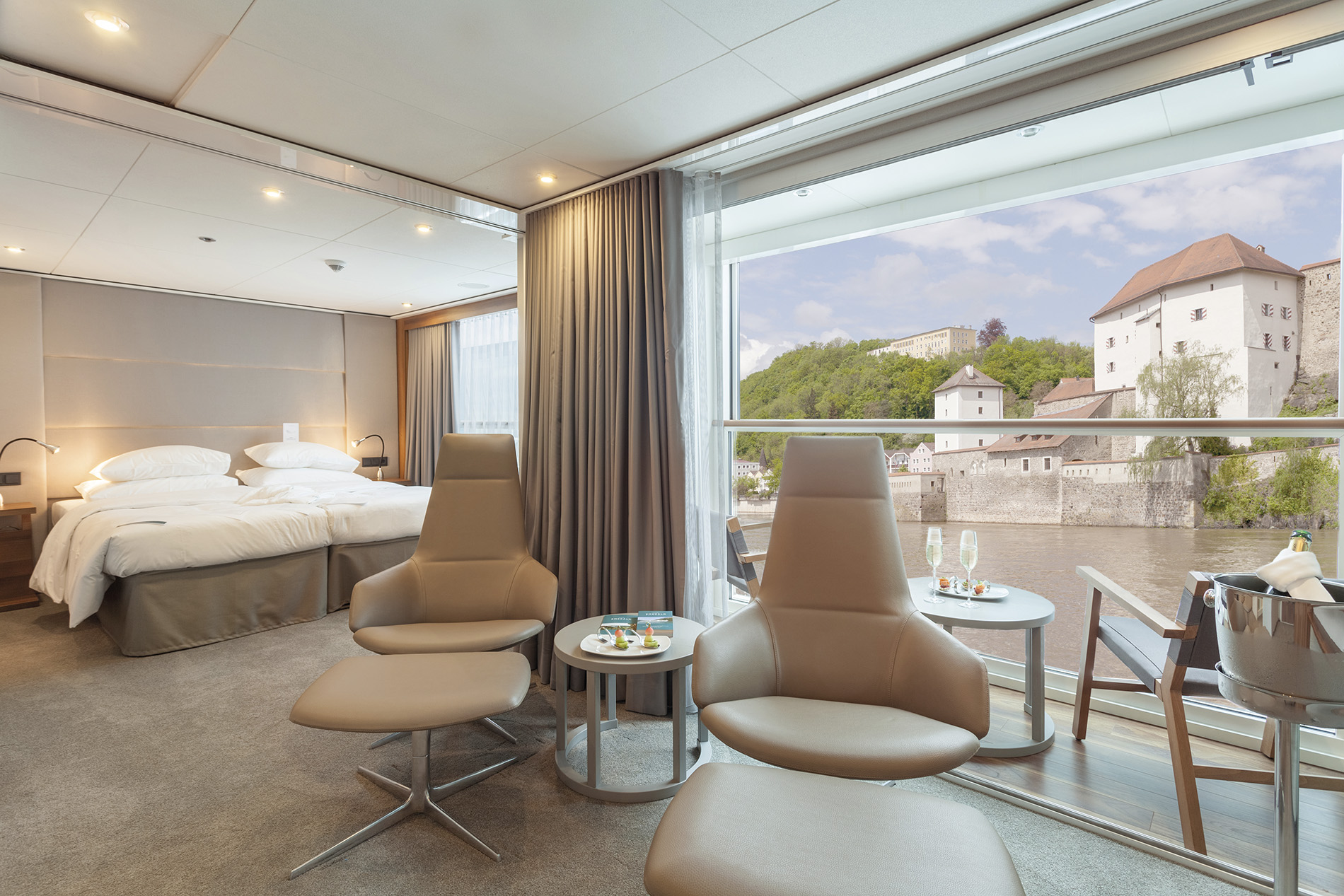
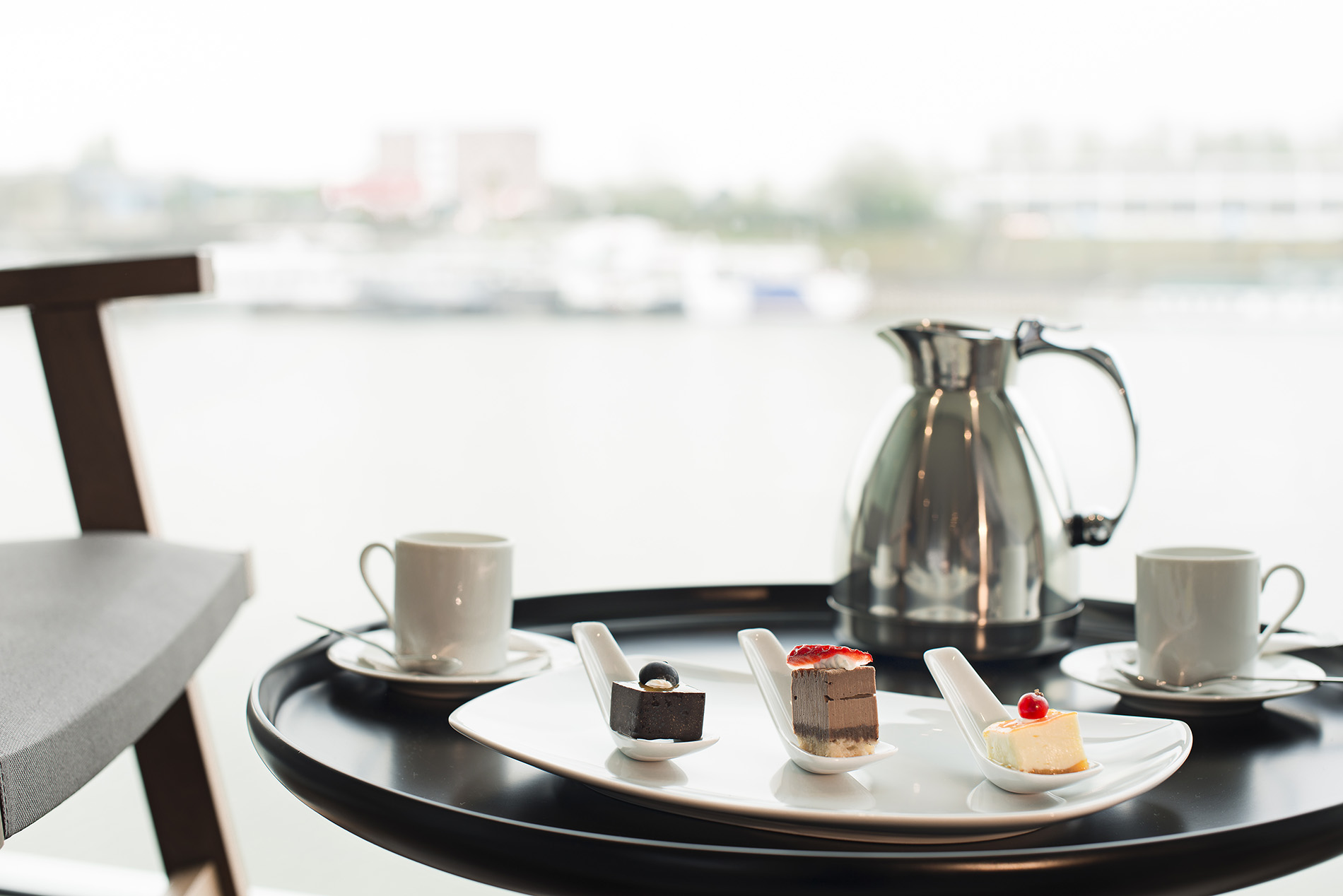

Grand Balcony Suites come with an outdoor private balcony area, complete with open-air system. A pillow menu ensures you have the best night’s sleep possible, and a continental breakfast can be delivered to your room on request.
Suite Inclusions
- Outdoor private balcony with open-air system
- Queen-size or twin hotel-style beds
- Pillow menu
- En-suite bathroom with shower, indulgent toiletries, hair dryer, on-board complimentary bathrobes and slippers
- Mini-bar available at own expense
- Complimentary Nespresso machine
- Continental breakfast, pre-dinner canapés and after-dinner sweet treats served in your suite
- Two items of laundry per day
- Complimentary water, restocked daily
- Complimentary Wi-Fi
- Flat screen TV and infotainment system
- Individual climate control
- Personal safe
- Umbrella
- Telephone
- Walking sticks
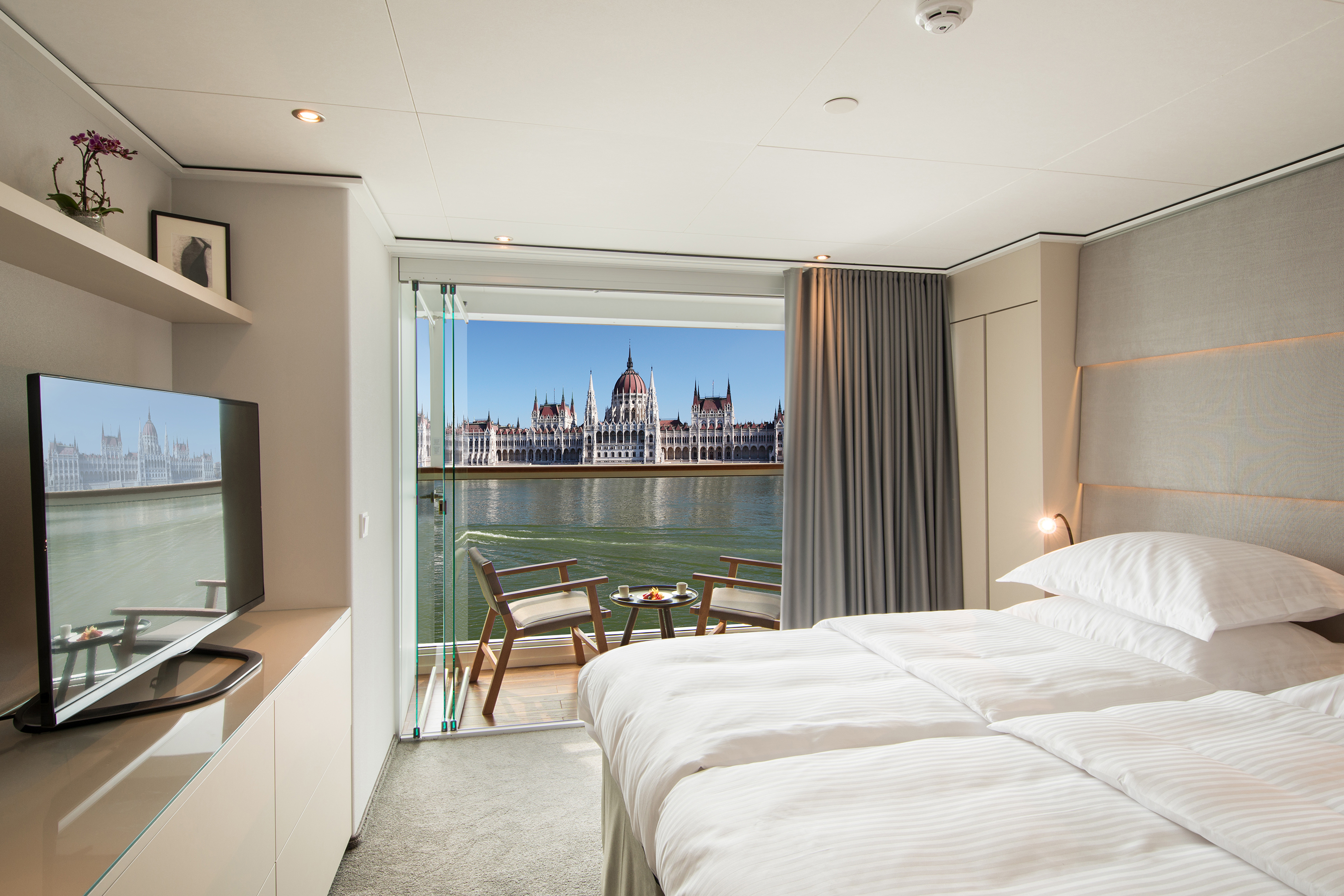


These chic suites are perfect for viewing the scenery pass by. Our innovative all-weather balcony system allows the floor-to-ceiling window to drop down electronically and an indoor decked area allows you to enjoy the sights in all their glory.
Suite Inclusions
- Indoor balcony with open-air system
- Queen-size or twin hotel-style beds
- En-suite bathroom with shower, indulgent toiletries, hair dryer, on-board complimentary bathrobes and slippers
- Mini-bar available at own expense
- Complimentary water, restocked daily
- Complimentary Wi-Fi
- Flat screen TV and infotainment system
- Individual climate control
- Personal safe
- Umbrella
- Telephone
- Walking sticks
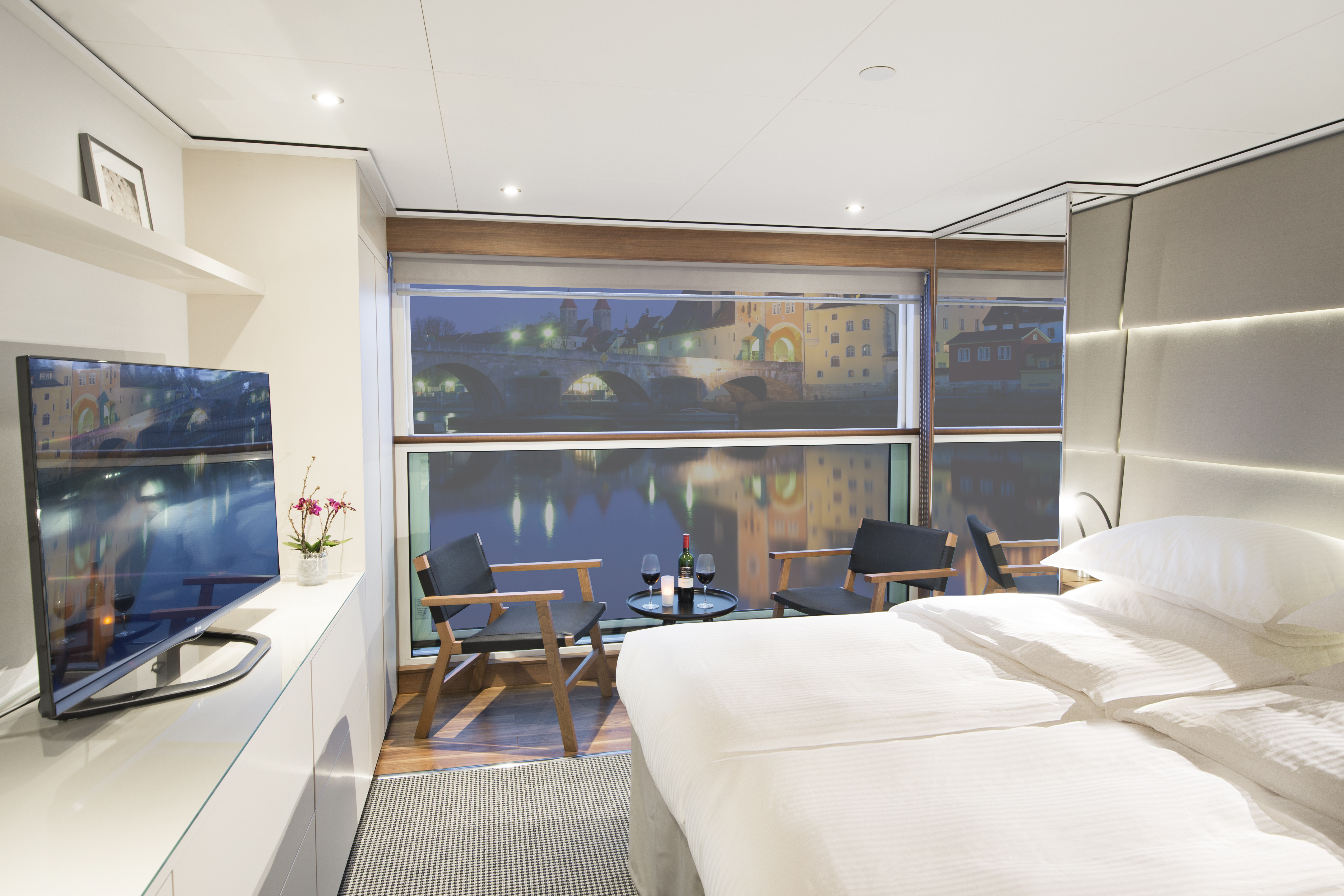
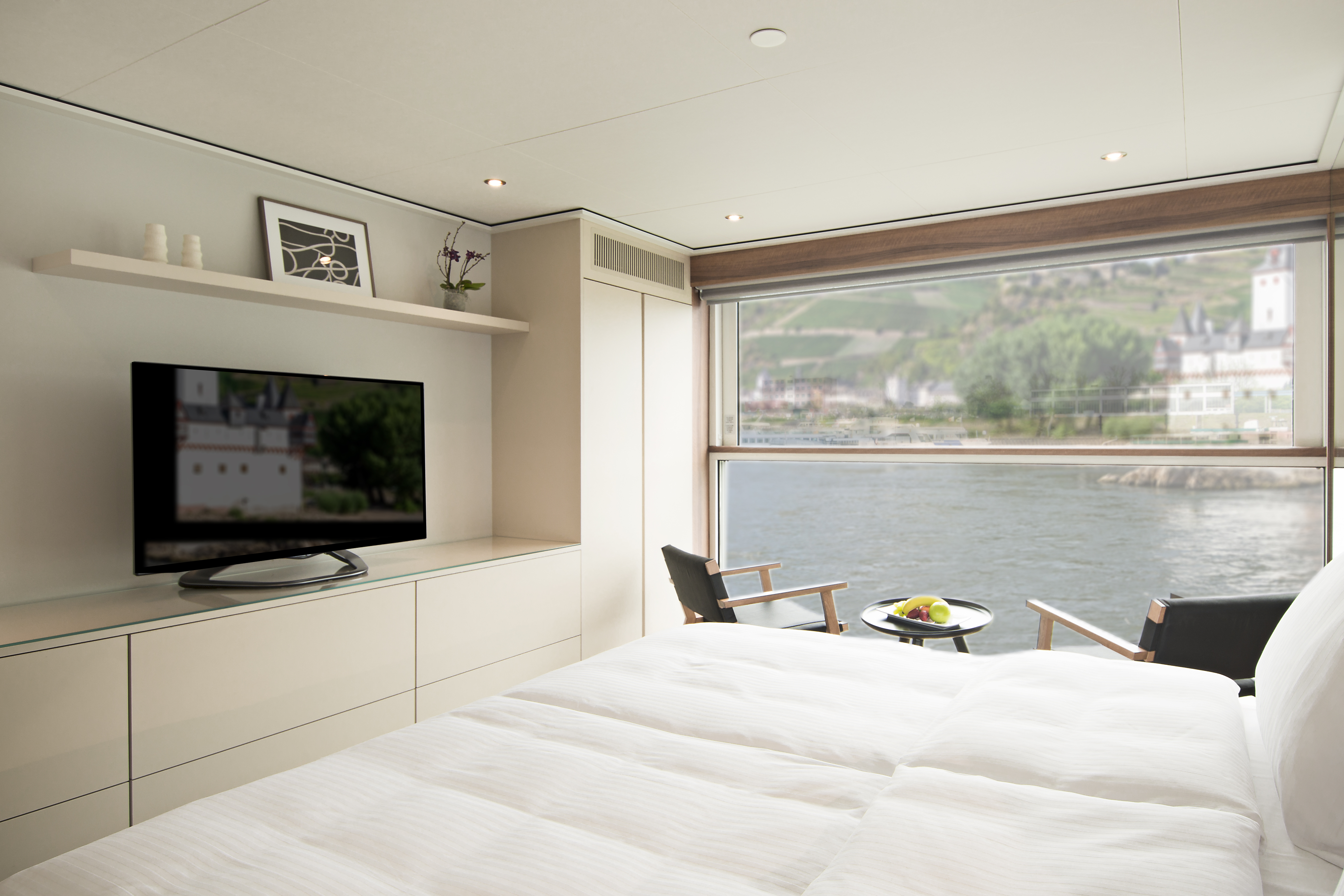
Staterooms boast a spacious layout when it comes to European small ship river cruising. A picture window provides plenty of natural light, and your en-suite bathroom will be fully stocked with luxurious ESPA toiletries.
Inclusions
- Picture window
- Queen-size or twin hotel-style beds
- En-suite bathroom with shower, indulgent toiletries, hair dryer, on-board complimentary bathrobes and slippers
- Mini-bar available at own expense
- Complimentary water, restocked daily
- Complimentary Wi-Fi
- Flat screen TV and infotainment system
- Individual climate control
- Personal safe
- Umbrella
- Telephone
- Walking sticks
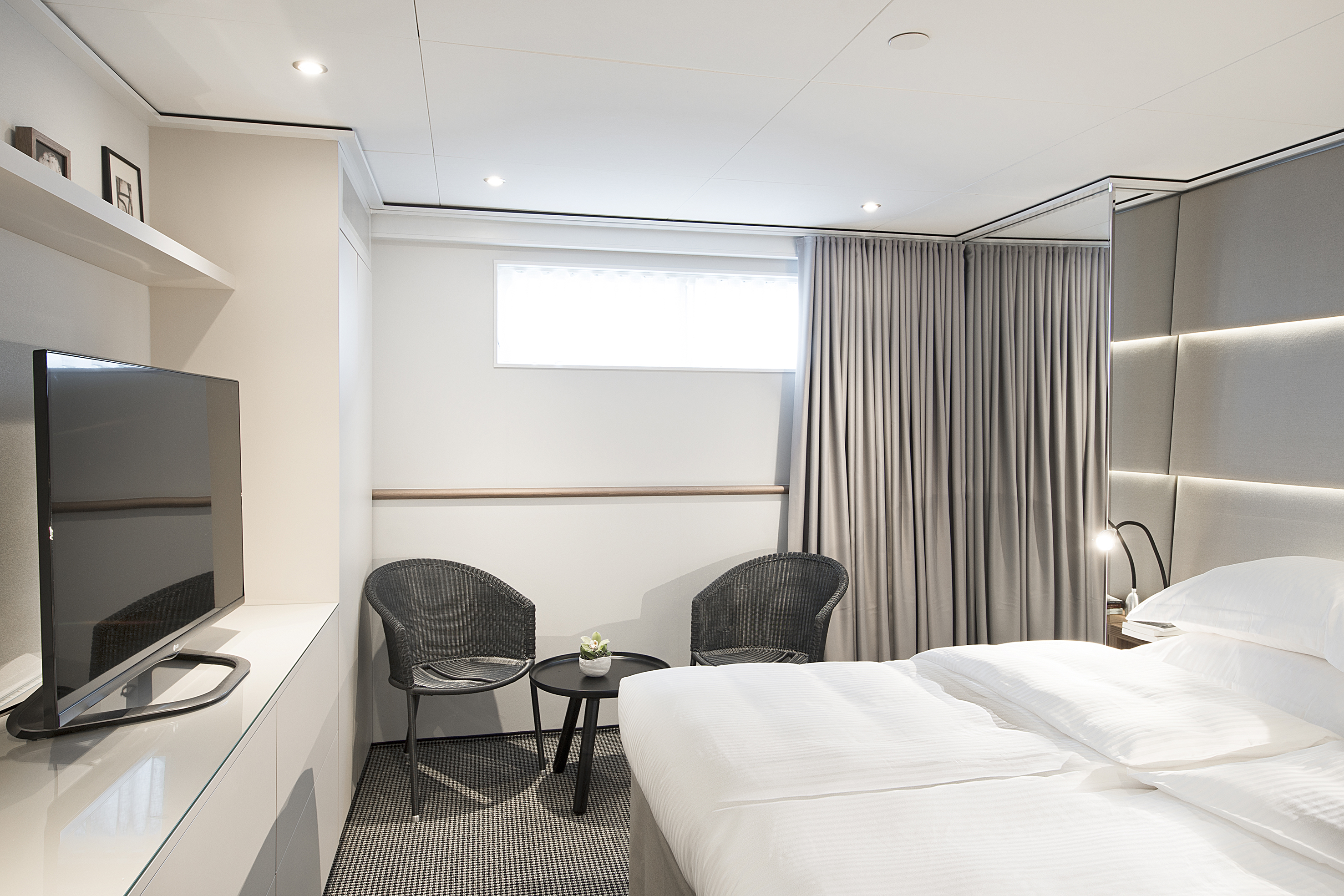
Staterooms boast a spacious layout when it comes to European small ship river cruising. A picture window provides plenty of natural light, and your en-suite bathroom will be fully stocked with luxurious ESPA toiletries.
Inclusions
- Picture window
- Queen-size or twin hotel-style beds
- En-suite bathroom with shower, indulgent toiletries, hair dryer, on-board complimentary bathrobes and slippers
- Mini-bar available at own expense
- Complimentary water, restocked daily
- Complimentary Wi-Fi
- Flat screen TV and infotainment system
- Individual climate control
- Personal safe
- Umbrella
- Telephone
- Walking sticks
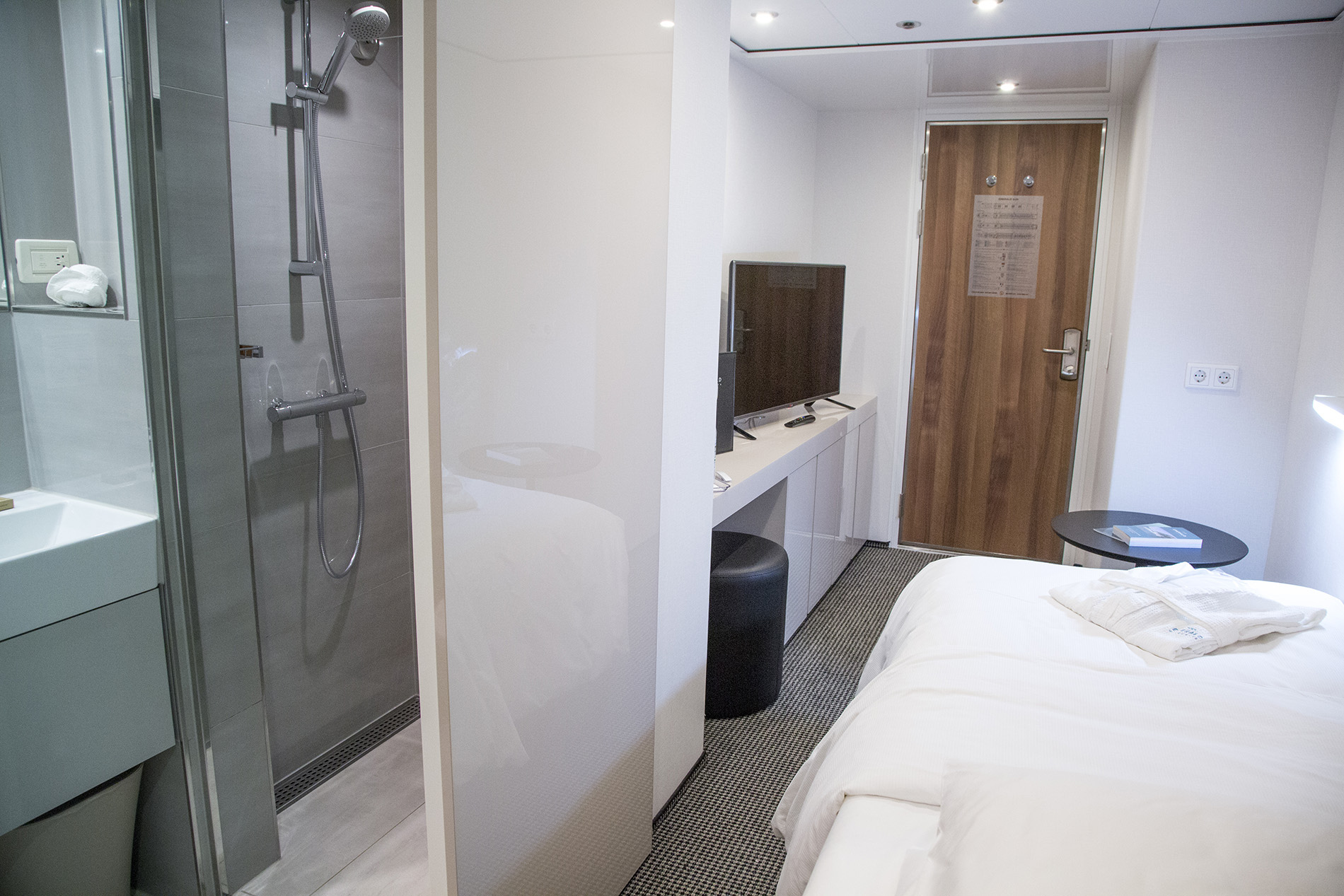
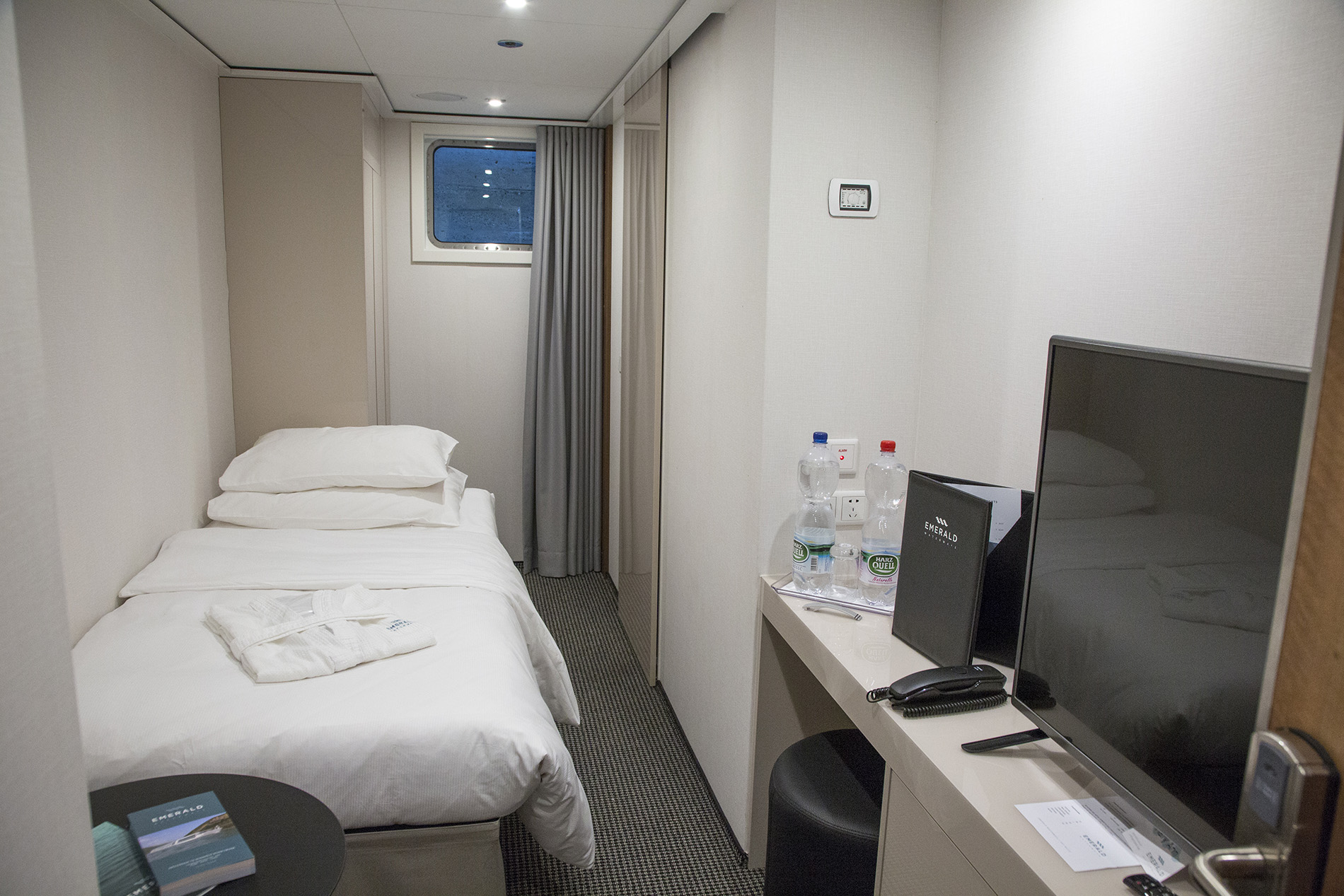
Emerald Sky
Our innovative Star-Ships feature a wealth of contemporary design features. We’ve pushed the boundaries of European river cruising, carefully designing our three-tiered atrium and heated pool that seamlessly transforms into a cinema on selected evenings.
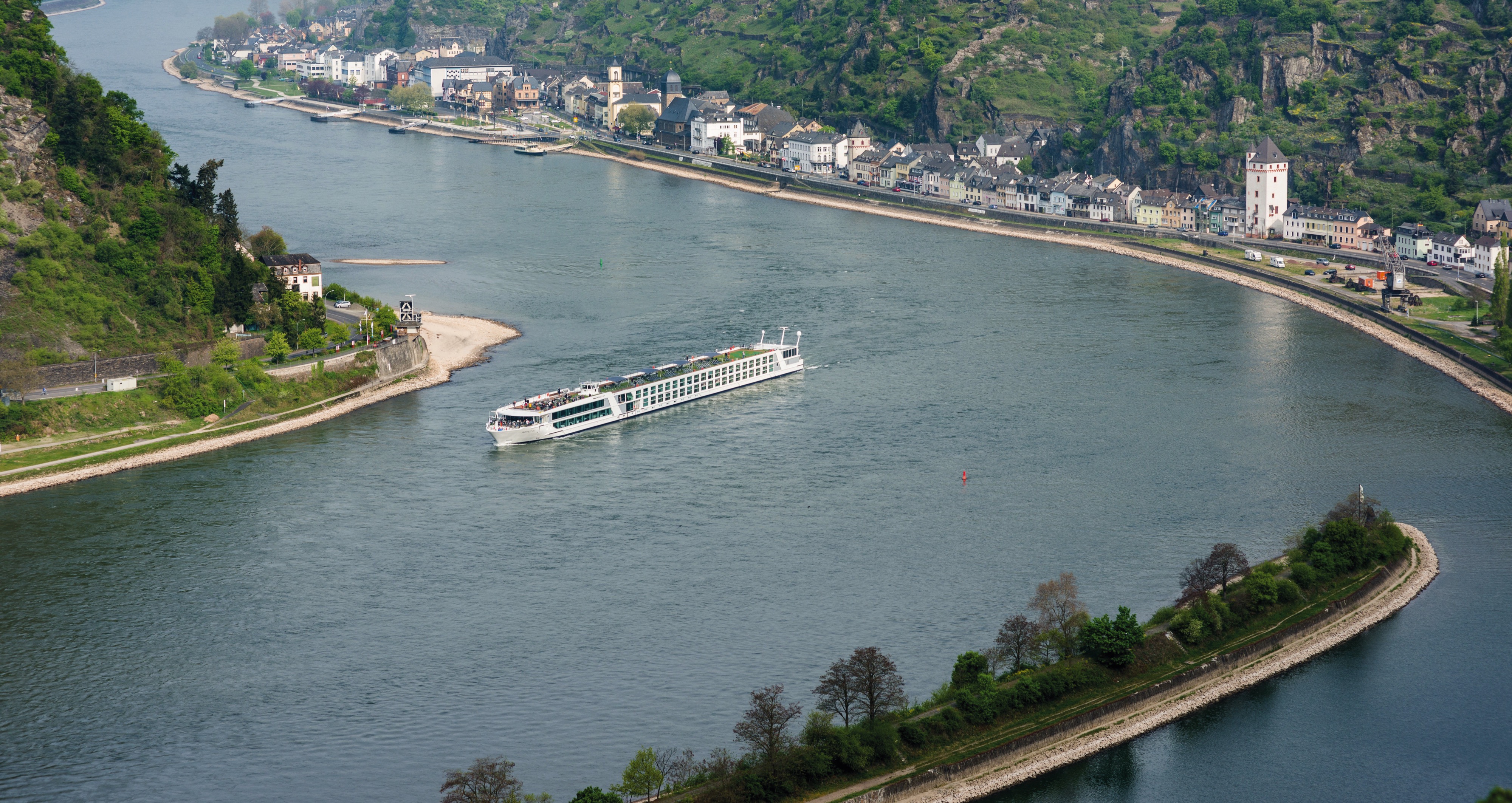
Ship Facts
| Launch Year | 2014 | ||||||
| Refit Year | |||||||
| Language | en | ||||||
| Gross Tonnage | 3544 | ||||||
| Length | 135 | ||||||
| Width | 11 | ||||||
| Currency | EUR | ||||||
| Speed | 13 | ||||||
| Capacity | 180 | ||||||
| Crew Count | 51 | ||||||
| Deck Count | 4 | ||||||
| Cabin Count | 91 | ||||||
| Large Cabin Count | 0 | ||||||
| Wheelchair Cabin Count | 0 | ||||||
| Electrical Plugs |
|
Sun Deck
- Sun deck with deck chairs
- Navigation bridge
- Sky barbecue
- Golf putting green
- Games area
- Retractable glass roof
- Walking track

Horizon Deck
- Daytime pool &bar / evening cinema
- The Terrace
- Horizon Bar and Lounge
- Grand Balcony Suites
- Owner's One-Bedroom Suites
- Emerald Panorama Balcony Suites
- Lift

Vista Deck
- Reception
- Wellness area
- Fitness area
- Reflections Restaurant
- Emerald Panorama Balcony Suites
- Lift

Riviera Deck
- Emerald Staterooms
- Emerald Single Staterooms
- Lift

Nothing beats sipping on your favourite drink at the Terrace as you watch the stunning scenery pass you by. Setting the benchmark in on board dining, the Reflections Restaurant is an elegant space to enjoy exquisite culinary experiences, imbued with continental flavours.
Explore the unique flavours of the regions you sail through
We believe that food should reflect local flavours, which is why our menus take inspiration from the regions we sail in. Our chefs source local ingredients, creating meals that capture authentic cuisine no matter where your journey takes you.
Reflections Restaurant
Our premiere on board dining spot
With open seating and elegant design, our Reflections Restaurant sets the benchmark in on board dining across our fleet of boutique Star-Ships throughout Europe and Southeast Asia. Here, savour delightful chef-prepared meals for breakfast, lunch, and dinner, with dishes inspired by local flavours and a few favourites you may recognise from home.
The Terrace
Dine alfresco
A beautifully decked area in the forward of our European Star-Ships, The Terrace provides a lovely retreat from which to enjoy a light snack or refreshing drink. Depending on the ship, this partly indoor and outdoor space is a spectacular vantage point from which to soak up the scenery, whatever the weather. This peaceful setting is also a great spot to enjoy a drink as the wonders of the landscape pass by.
Sky Barbecue
Healthy Dining
The freshest ingredients
Dine on delectable meals made with fresh, locally sourced produce.
Lunch with a view
Enjoy healthy meals while soaking in the stunning views and fresh air.
A range of dietary options
Sample amazing vegetarian, vegan, and gluten-free meal options^. ^Please inform your crew of any dietary requirements.
As the host on-board, our Cruise Directors strive to ensure there’s never a dull moment during an Emerald Cruises river cruise. With this in mind, a fantastic range of entertaining activities are available for you to enjoy.
Thanks to the unique design of our Star-Ships, we are able to host a unique event program throughout your cruise. In the Horizon Bar & Lounge, immerse yourself in ancient folklores, passed from one generation to another for hundreds of years, during an authentic show. Or, let the music of a nation sweep you off your feet as a local band takes to the floor in their traditional attire. Alternatively, catch that film you never got round to seeing during movie nights in the cinema.
Reception
If you want to purchase a drinks package, enquire about a DiscoverMORE excursion or simply catch-up with our friendly crew, you’ll always receive a warm welcome in our on-board reception area.
Daytime Pool & Bar/Evening Cinema
Among the many innovations on-board Emerald Sun and Emerald Dawn is our daytime pool and evening cinema. Cleverly transforming from a swimming pool into a cinema, it’s one of the unique features that set our Star-Ships apart from the competition.
Horizon Bar and Lounge
The Horizon Bar & Lounge is the social heartbeat of our Star-Ships. Surprisingly spacious and exceedingly modern, this contemporary and comfortable haven is one of the most popular areas of our vessels day or night.
There's a fully stocked bar with attentive bartenders, help-yourself to a selection of coffees from out high-tech coffee-machine, or try one of our speciality teas, and take a seat in our plush and spacious sofas and chairs. In the day it's a place to catch up with new friends and unwind.
Each evening before dinner, your Cruise Director welcomes you to the Horizon Bar and Lounge for an informal yet fascinating talk on your forthcoming ports of call. With tips on what you'll see and things to look out for, this is an ideal opportunity to plan for the day ahead. When the evening arrives, we have a medley of entertainment planned especially for you.
Games Area and Golf Putting Green
During downtime on-board feel free to enjoy our games area and golf putting green. It’s the perfect way to enjoy the scenery while you challenge new-found friends.
Sun Deck
The Sun Deck is your panoramic outdoor space on-board, a place to relax, unwind and take in inspiring views of the river. Complete with deck chairs, walking track and games area, you’ll find the Sun Deck at the very top of your Emerald Star-Ship.